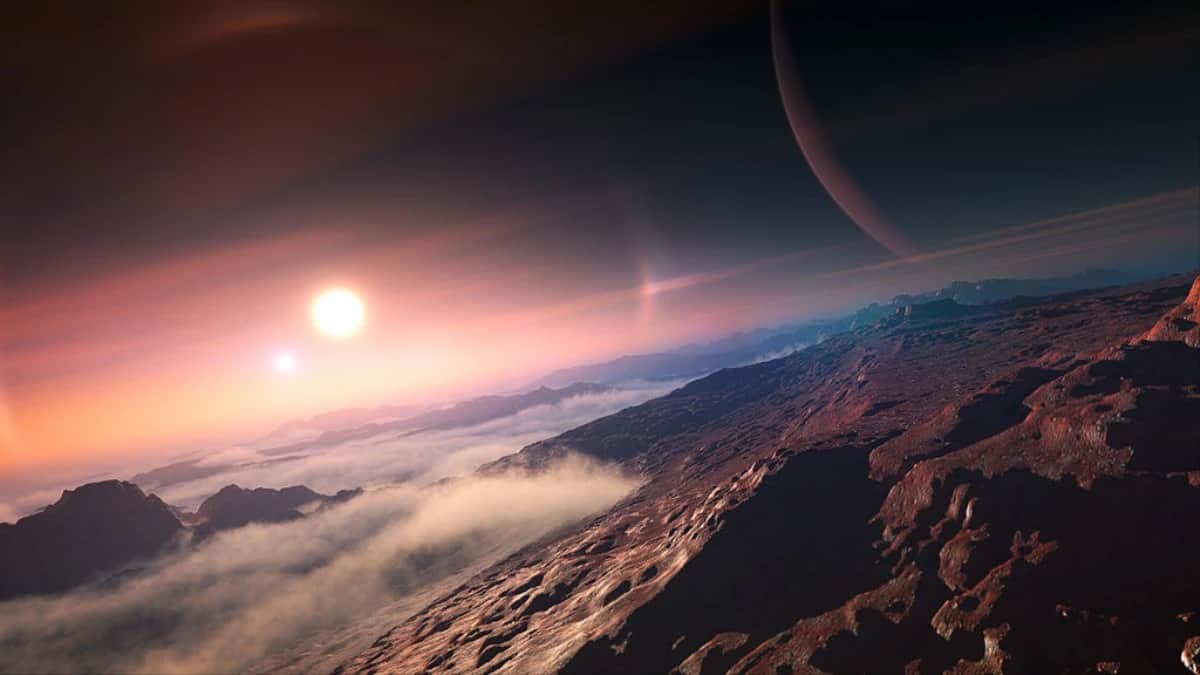Did you know that there are planets that could house human life outside of Earth? Scientists have been finding several potentially habitable planets for years now. In fact, as of October 2020, astronomers published a study in the Astrobiology Journal that lined out 24 new planets that they claimed to be “Superhabitable.” Of course, scientists considered several different factors to come to their conclusion.
For our list, we focused not only on how close these planets are to us, their size, potential habitability, age, and obviously the health of their star(or sun). We should also make you aware that we’ll be listing their distance in lightyears. In case you’re unaware, 1 lightyear is around 6 trillion miles. While quite a long way, the trip might be worth it if some of these planets are truly habitable.
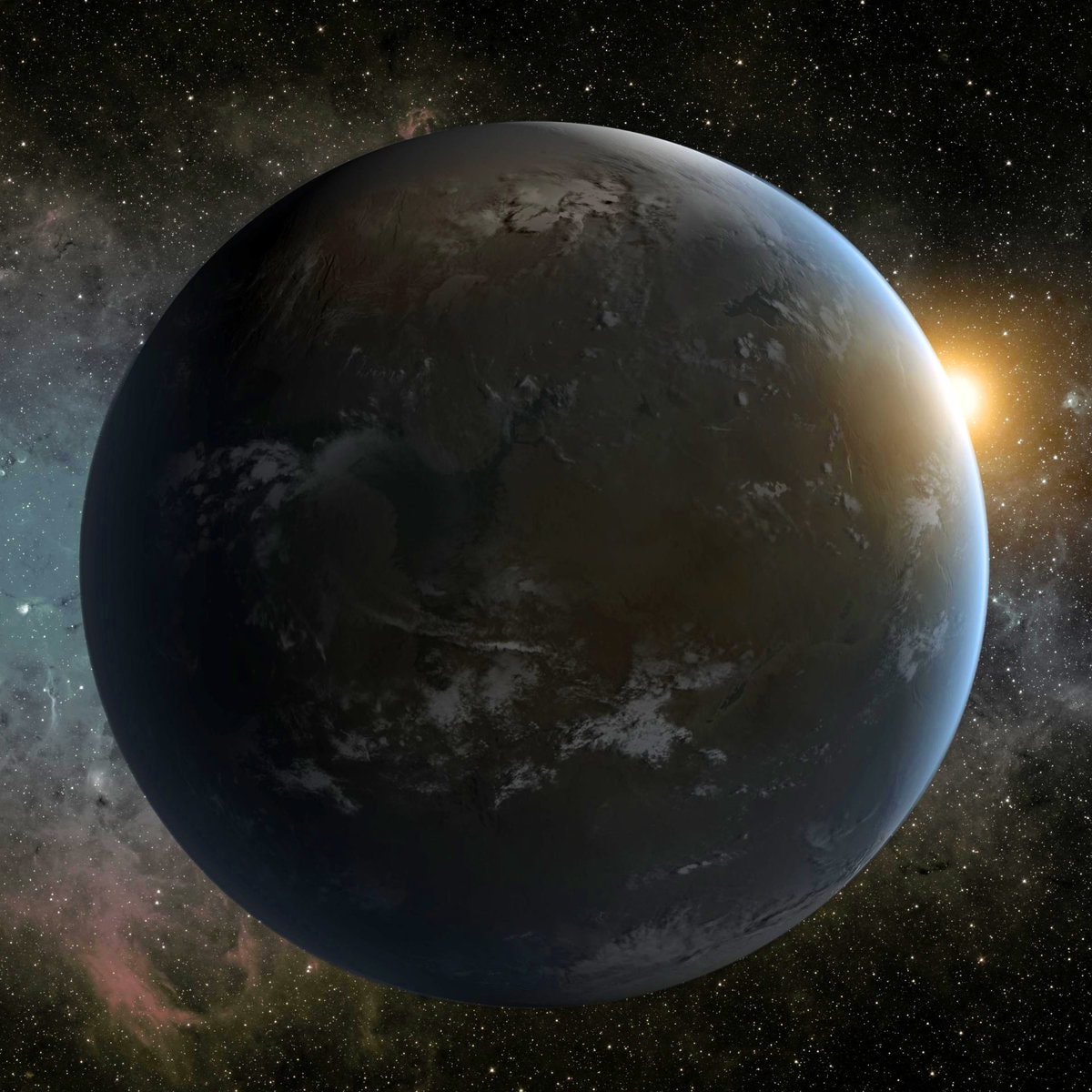
Wolf 1061c
- Distance: 13.8 Lightyears
- Star: Wolf 1061
- Constellation: Ophiuchus
The Wolf 1061c Exoplanet is really impressive and among the closest planets to Earth outside of our own solar system. It is actually located in the Ophiuchus System where it neighbors a red dwarf star called simply, Wolf 1061. Red Dwarfs are among the most common types of stars in The Milky Way. Yet it can be hard to spot them due to their lower luminosity.
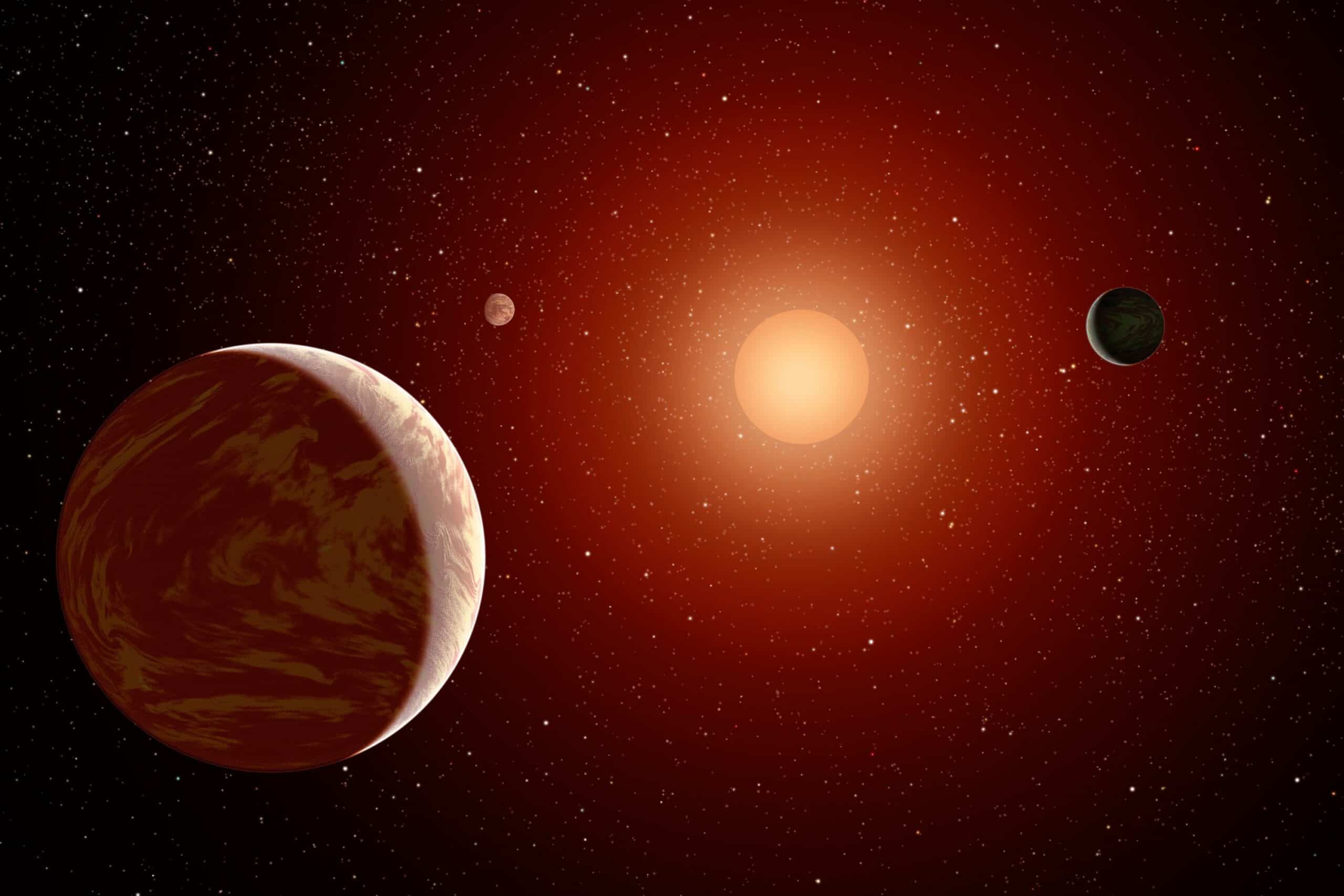
As a result, it took us a long time to not only see this area but it took us even longer to actually notice a planet there. The University of New South Wales, Australia managed to spot the Wolf 1061c planet on December 17, 2015. When they reported their findings, studies went underway. It was confirmed to be a rocky planet a lot like Earth. Yet unlike the Earth, Wolf 1061c takes exactly 17.6 days to orbit around its star. Earth takes 365 days to do so. It has been called a “Super-Earth” due to its size. The planet is 4.3 times the size of Earth, which could be why its gravity is 1.6 times that of Earth too. However, this is not a dealbreaker. This is why it is among the known planets that could house human life!
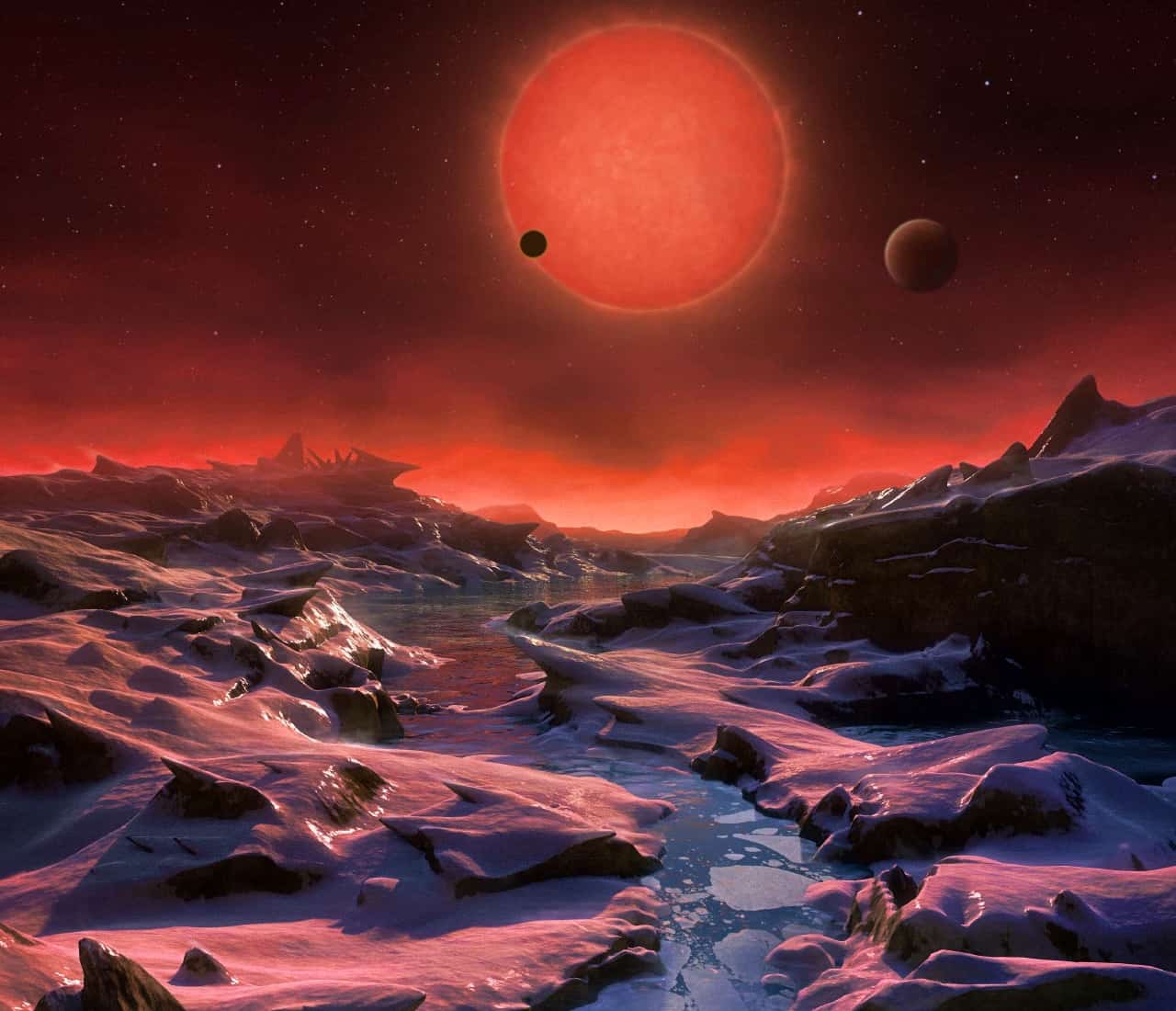
TRAPPIST-1d
- Distance: 40 Lightyears
- Star: TRAPPIST-1
- Constellation: Aquarius
TRAPPIST-1d was discovered on May 2, 2016, via the transit detection method. Not much was known about the planet nor its star initially. Further analysis found that TRAPPIST-1d is a little smaller than Earth. It is around 30% smaller in terms of mass compared to Earth, at least. Being smaller is not technically a bad thing, however. The signs for TRAPPIST-1d were initially promising.
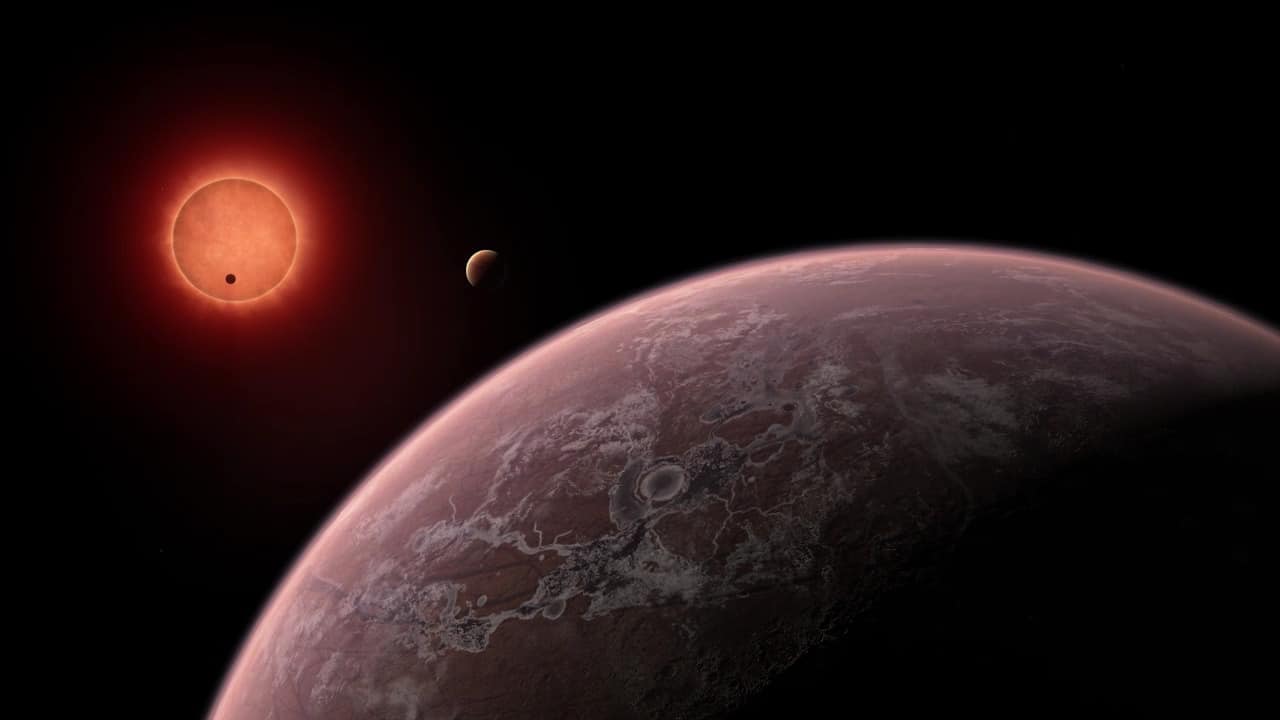
We know it has a hydrogen-poor atmosphere, a lot like Earth. Meaning there is a potential we could breathe the air. Yet the problem is that it is tidally locked while it orbits an ultracool dwarf star. Of course, we do not use “ultracool” to mean it’s awesome. Rather, this means the star’s surface temperature is 2700 K or under. It is on the edge of the habitable zone around TRAPPIST-1. Yet it gives off very little visible light, in spite of being about 50 times closer to its star than the Earth is to the Sun. The host star even gives off 4.3% more sunlight. Yet the small nature of the host star does not help. In spite of this, it is said that TRAPPIST-1 shines 3,000 times brighter than Earth’s Moon. Further analysis found that the atmosphere might make the planet uninhabitable, as it is claimed to be a lot like Venus than Earth.
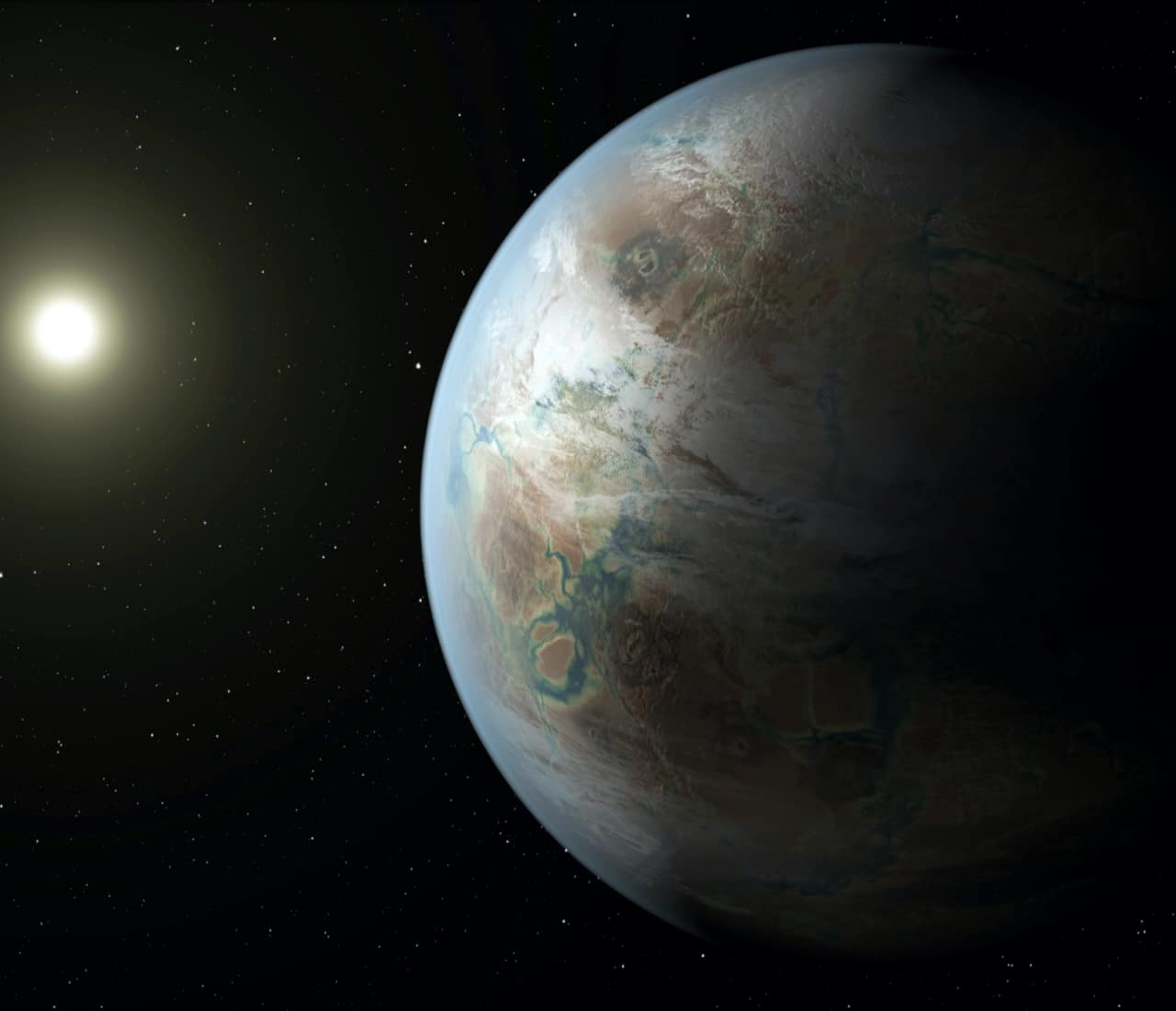
Kepler-452b
- Distance: 1,400 Lightyears
- Star: Kepler-452
- Constellation: Cygnus
The discovery of Kepler-452b was announced on July 23, 2015, by NASA. It was immediately proclaimed as a Super-Earth by the media, even called “Earth’s Cousin” by some in the scientific community. It is said to orbit around the Kepler-452 star and is within the habitable zone. Kepler-452b is actually the first rocky planet of any type we’ve discovered in this system.
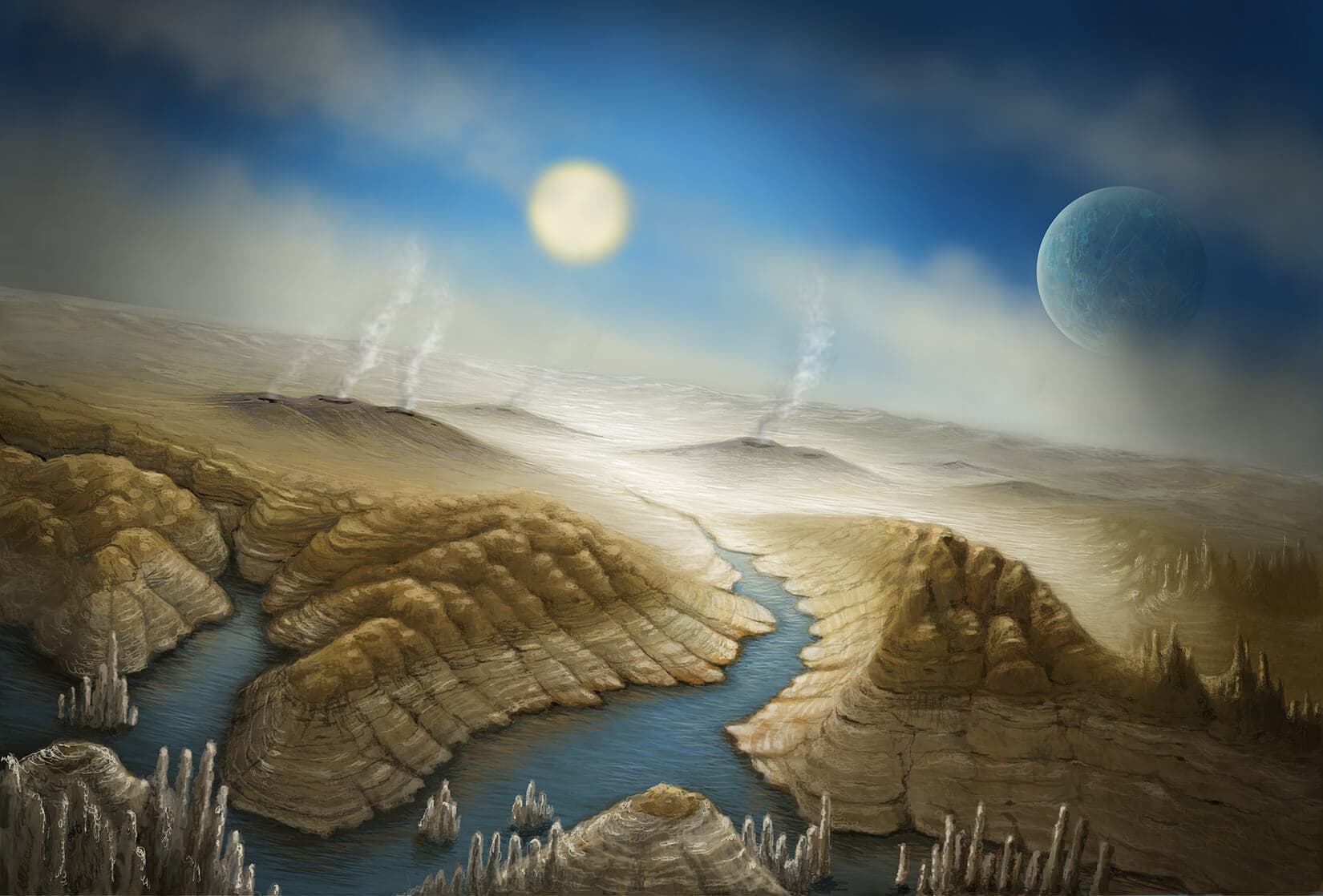
The planet is about 5 times the mass of Earth, often getting comparisons to Neptune by many scientists. Due to being a bigger size, Kepler-452b unsurprisingly has about 2 times the gravity of Earth. One year on this planet is 385 days, which is not too far off of Earth’s orbit pattern. The temperature here averages between -8 degrees Celsius or 17.6 degrees Fahrenheit to 17 degrees Celsius or 62.6 degrees Fahrenheit. While Kepler-452b is said to have water & an atmosphere, it is actually 2 billion years older than Earth. We’re also seeing it essentially in its past. Therefore, many assume the water and atmosphere might both be evaporated. Due to the distance, it would also take us 26 million years to get there. In spite of the risks, this is one of the few potential planets that could house human life.
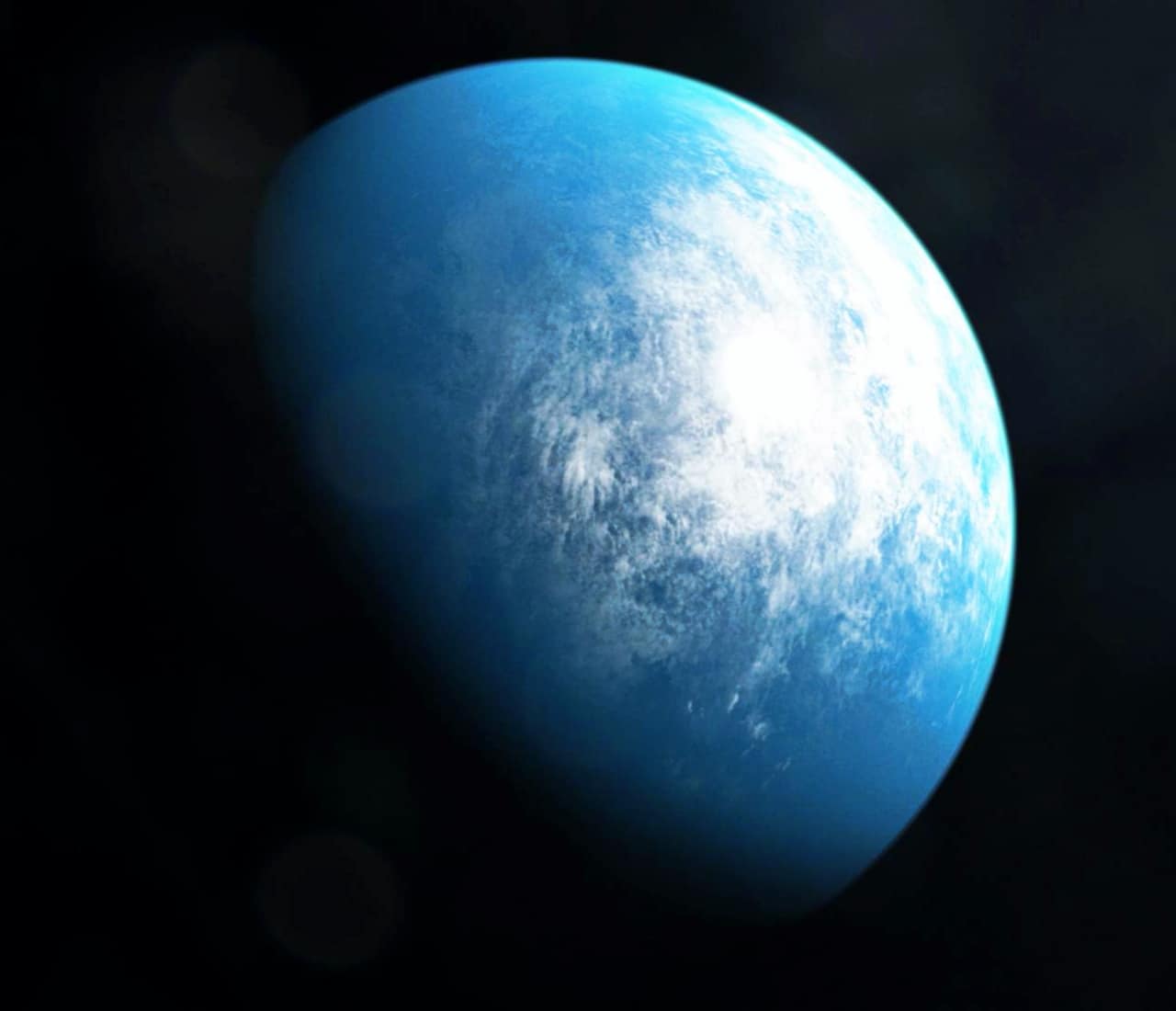
TOI 700d
- Distance: 101.4 Lightyears
- Star: TOI 700
- Constellation: Dorado
TOI 700d is an interesting planet that was by Emily Gilbert on January 3, 2020, using the Transiting Exoplanet Survey Satellite or TESS. Due to how new the discovery happens to be, we do not know a ton about the planet as of yet. However, what we do know seems promising.
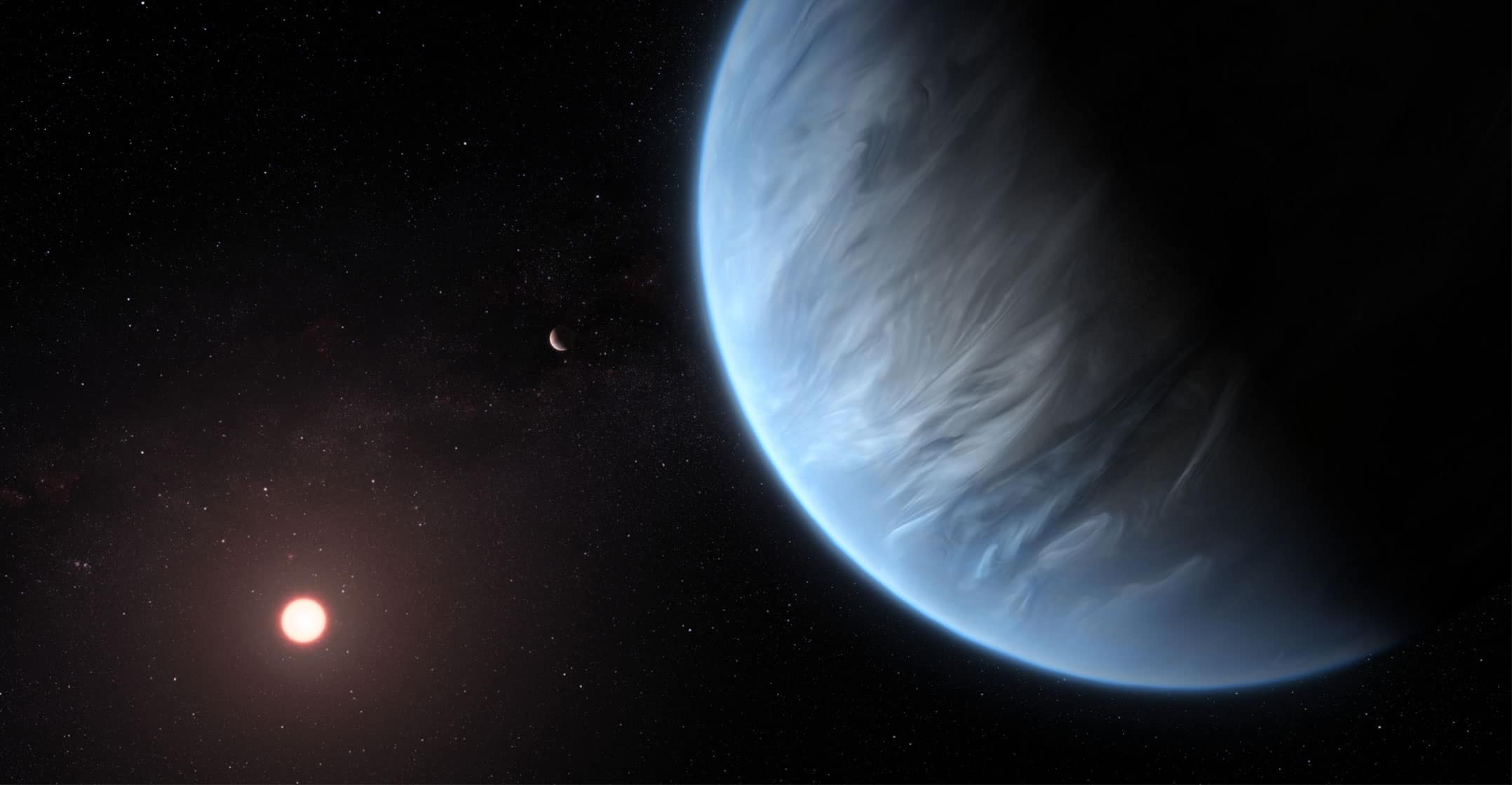
We know it falls within the habitable zone of a Red Dwarf star called TOI 700. This exoplanet also gets about 86% of the energy from its star as the Earth does from the Sun. This is not surprising due to the fact that we’re dealing with a Red Dwarf. Yet it could also be good in part as a planet can be somewhat closer to its star in situations like this. TOI 700d is said to be one of the planets that could house human life mostly due to a few important factors. It is almost the exact size of Earth, has a similar magnetic field, and likely similar gravity. Yet some issues it does face is simply the lack of energy it gets from its Sun. On top of the fact that it takes 37.43 days to orbit its star. The latter can be problematic in numerous ways.

Kepler-69c
- Distance: 2,430 Lightyears
- Star: Kepler-69
- Constellation: Cygnus
Kepler-69c was discovered by the Kepler Spacecraft on April 18, 2013. This was considered a “transit discovery” due to the spacecraft using a photometer. This is an instrument developed by NASA that’s used to detect potential transit events. This can be discovered when a planet crosses in front of its host star, dimming it for specific periods of time.
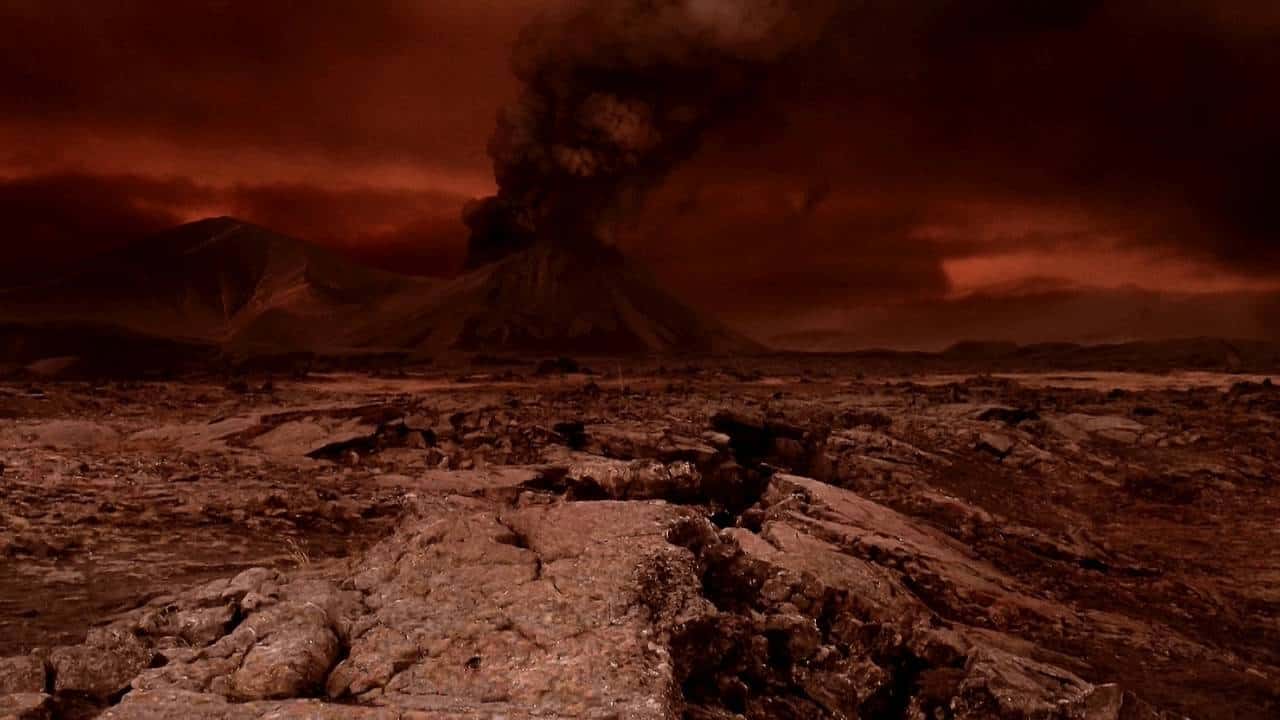
We know Kepler-69c orbits the Kepler-69 host star every 242 days. It’s seemingly rocky like Earth and appears to have liquid water. When discovered, it quickly became a contender for planets that could house human life one day. However, further study has been done since its discovery. It is thought that there is a runaway greenhouse effect on the surface. If true, this means most water would have boiled away by now. Temperatures would have risen to 120 degrees Fahrenheit on average and could easily be compared to Venus. Surface pressure is likely also around 100 times that of Earth. While Kepler-69c could still be a possible life contender, it is not the most prime candidate at this point.

Kepler-1649c
- Distance: 301 Lightyears
- Star: Kepler-1649
- Constellation: Cygnus
Discovered within the habitable zone of the red dwarf star Kepler-1649. This exoplanet is quite compelling as reports continue to show that this is the most Earth-like planet in terms of size and temperature. On top of that, it is only 300 light-years away from Earth. This could really be a future home for humans, considering its Earth-sized habitable zone.
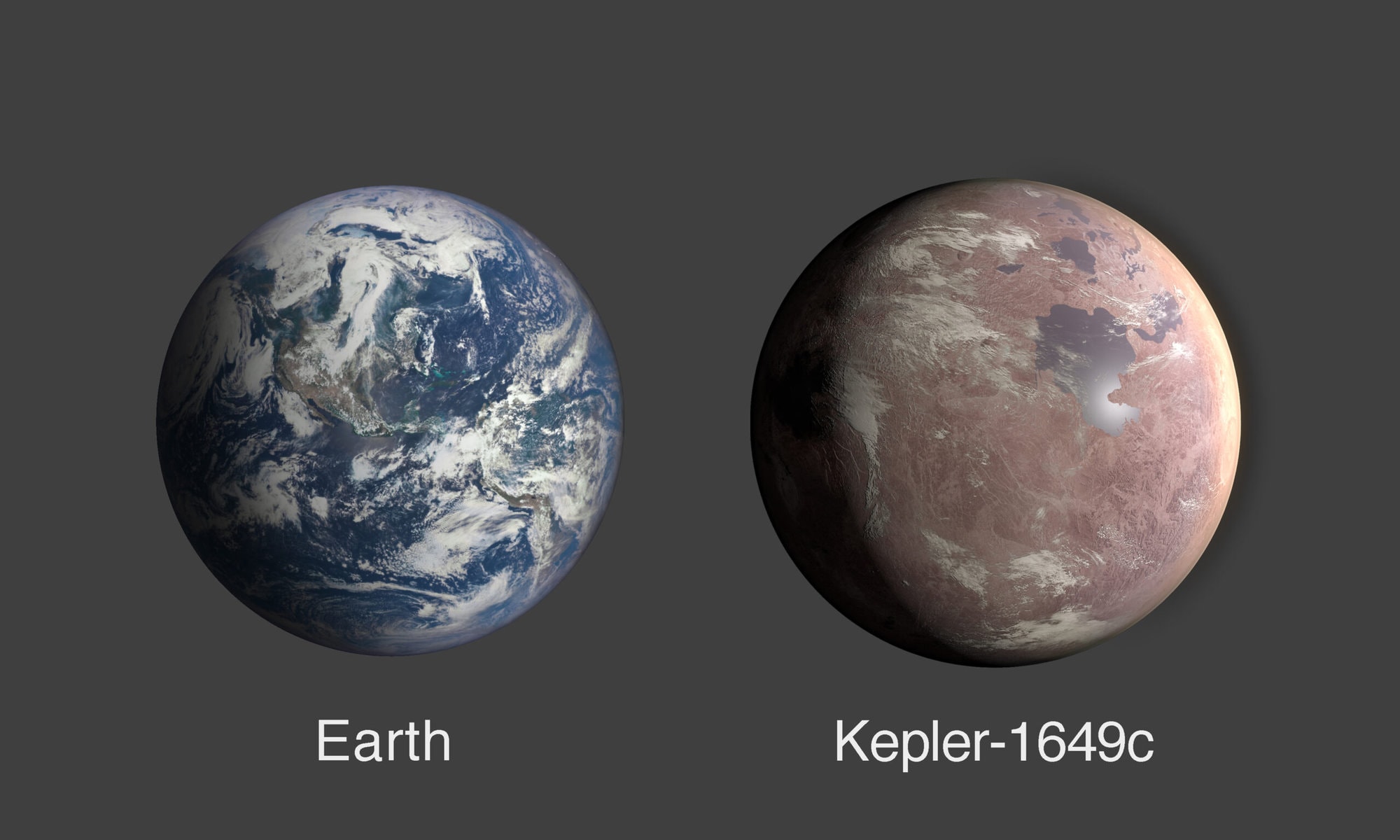
Study shows that the surface temperature of Kepler-1649c is very similar to Earth since it receives 75% of the light that Earth gets from the sun, which is an essential factor and could indicate the prospect of life. However, red dwarfs are known for their solar flare activity, which could be the number one reason this planet won’t work with us, and the other problem is that this is a newer planet with more to study. Thus, we cannot discuss more than we have already brought up. We’re sure to learn more about this planet, among others, in the coming years, however.
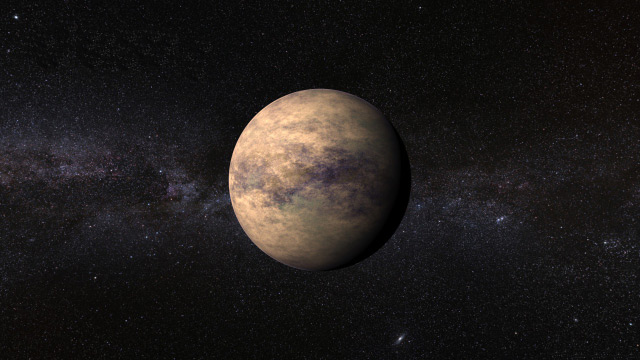
HD 40307 g
- Distance: 42 Lightyears
- Star: HD 40307
- Constellation: Pictor
We’ve known about HD 40307 g for quite a while now. It was discovered by the University of Hertfordshire’s team led by Mikko Tuomi & the team from the University of Göttingen, Germany, led by Guillem Anglada-Escude. They used the European Southern Observatory’s HARPS apparatus to accomplish this.
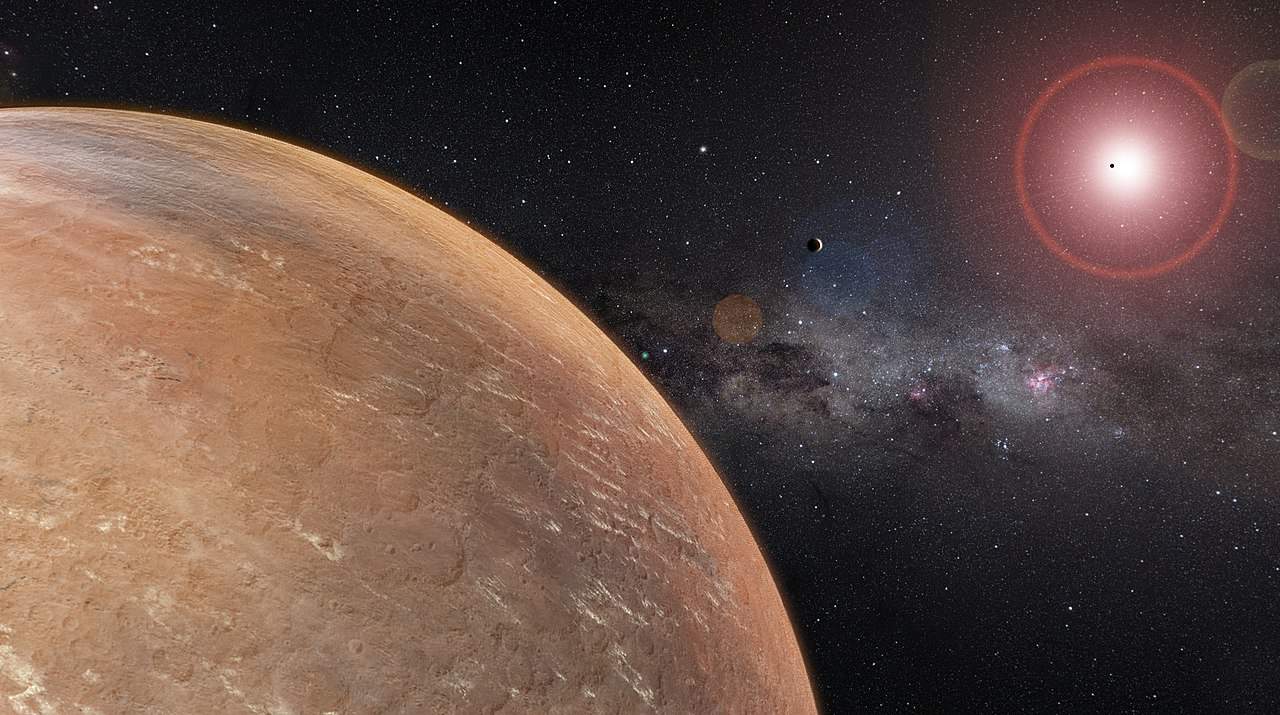
We know the exoplanet takes about 197.8 days to orbit its host star, HD 40307. The problem with a lot of the planets in this system is that they seemed to not work. The b, c, d, e, & f planets all had issues. Where b, c, & d navigated too far inward to the host star, the e & f planets were too far out. This could spell disaster for g if it too navigates too far or too close. As of now, it looks to be in a good position but is said to be 50/50 by Tuomi and his team. The big problem is the lack of further information. Since 2012, studies have been underway but we still do not know if this is a large Earth or potentially a smaller, warmer Neptune. Either way, it’s quite compelling and could be among the planets that could house human life one day.

Kepler-186f
- Distance: 580 Lightyears
- Star: Kepler-186
- Constellation: Cygnus
Kepler-186f is rated highly among many astronomers. It was discovered on April 17, 2014, by Elisa Quintana. She used NASA’s Kepler Space Telescope to discover it. Of course, Kepler-186f is among many potentially habitable planets found in the Cygnus Constellation sector, especially those discovered by the Kepler Telescope.
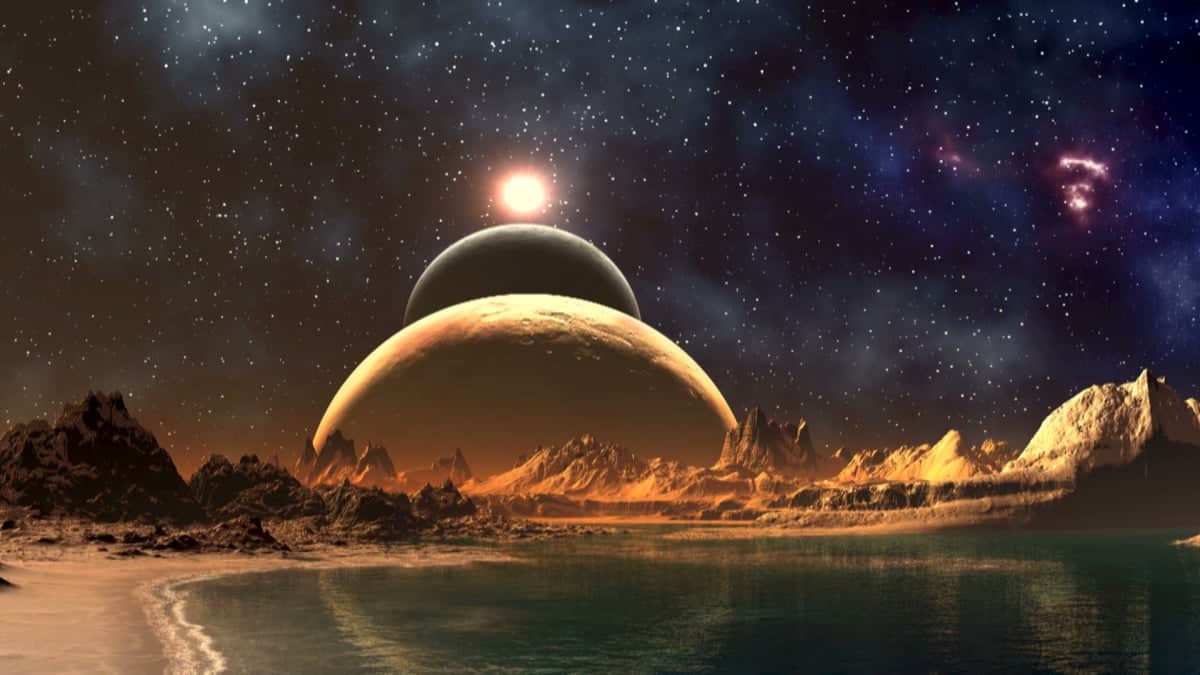
Kepler-186f shows a lot of promise, as it’s said to be only slightly larger than Earth. The temperature is thought to be a bit problematic, as it averages a temperature of −85 degrees Celsius or −121 degrees Fahrenheit. It also takes nearly 130 days to orbit around its host star, Kepler-186. The temp shocks no one, as Kepler-186 is a Red Dwarf star. In spite of the temp issue, this planet has a lot of possibilities as it’s thought to be rocky and even contains water. The amount of water is disputed until we can know, for sure, if its atmosphere is not too thick – throwing off possible measurements. When it comes to temp issues, many feel Kepler-186f can be terraformed. Yet one cannot replace the need for a better star, as it only shines at 5% the luminosity as our Sun.
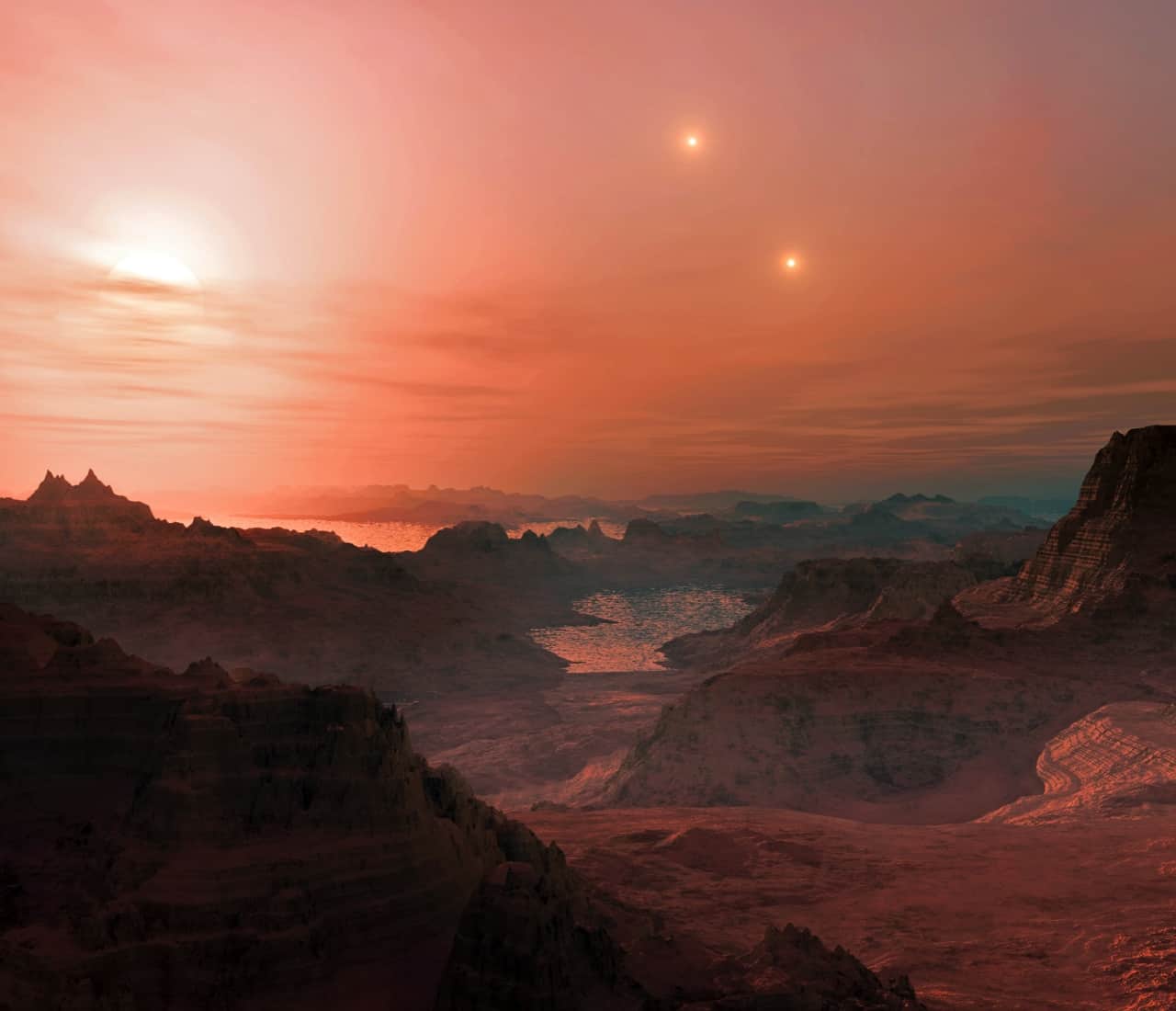
Gliese 667 Cc
- Distance: 23.62 Lightyears
- Star: Gliese 667 C
- Constellation: Scorpius
The Gliese 667 Cc planet was officially discovered in 2011 but not announced until 2012. It was discovered at the European Southern Observatory using the radial-velocity method. This is done by using Doppler Shifts somewhere in an area where a planet’s parent star happens to be. Of course, we’ve seen some exoplanets in the Scorpio constellation territory, so it did not shock anyone to find that one existed in a proper habitable zone.
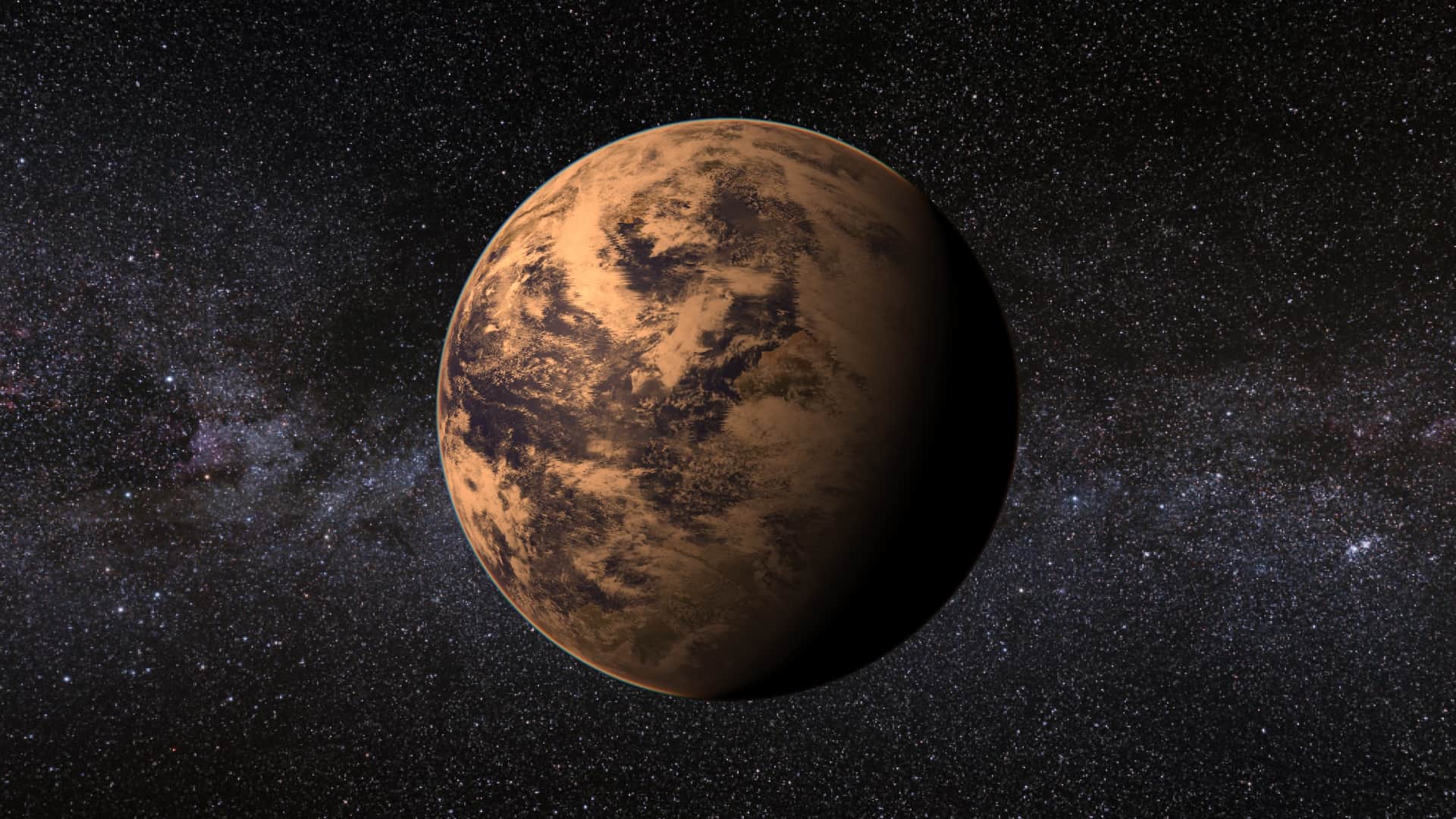
There is a lot of good with Gliese 667 Cc but some bad too. We know it is a Super-Earth that is much larger than our own planet, yet it is not quite as large as Uranus and Neptune. The temperature here is relatively good on average at 277.4 K or about 39.6 degrees Fahrenheit (4.3 Celsius). While still cold, being above freezing is critical. The Gliese 667 C red dwarf star, however, does not give off the same heat level. Our Sun’s surface temperature reaches 5778K but Gliese 667 C reaches 3700 K. Thereby giving just 1.4% luminosity by comparison. It only occupies between 0.003 to 0.006% of Gliese 667 Cc’s sky. The days are shorter and even the years. It takes 28.155 days to do a complete orbit around the parent star. In spite of some setbacks, this is one of the planets that could house human life. The good might very well outweigh the bad possibly.
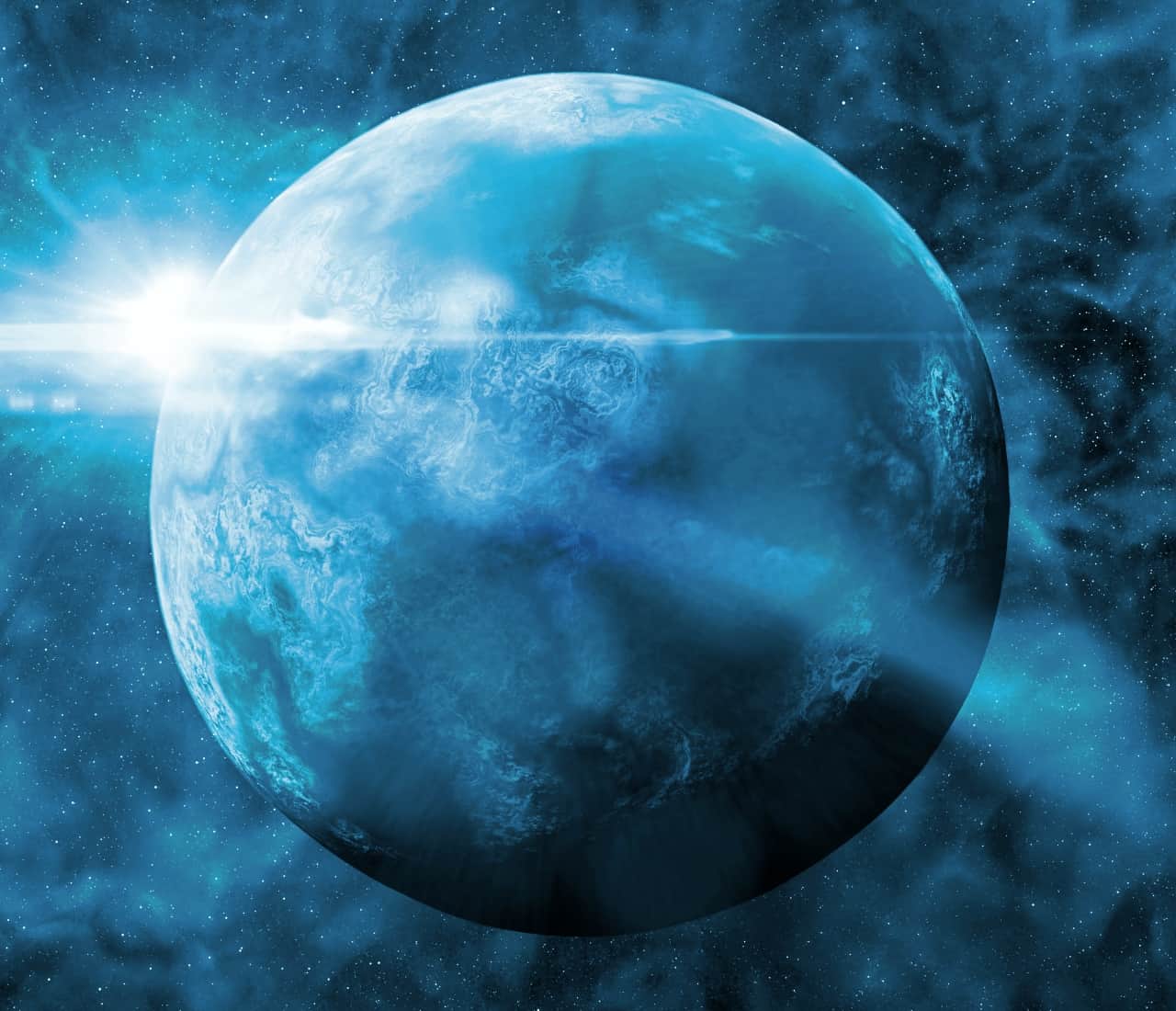
KOI 5554.01
- Distance: 701 Lightyears
- Star: Unknown
- Constellation: Unknown
KOI 5554.01 is yet another planet referenced in NASA’s recent batch of exoplanets. There is not a lot known about this batch but we do know that scientists seem to love KOI 5554.01. While the distance is incredibly far compared to others on our list, it does have a lot of useful things to check out.
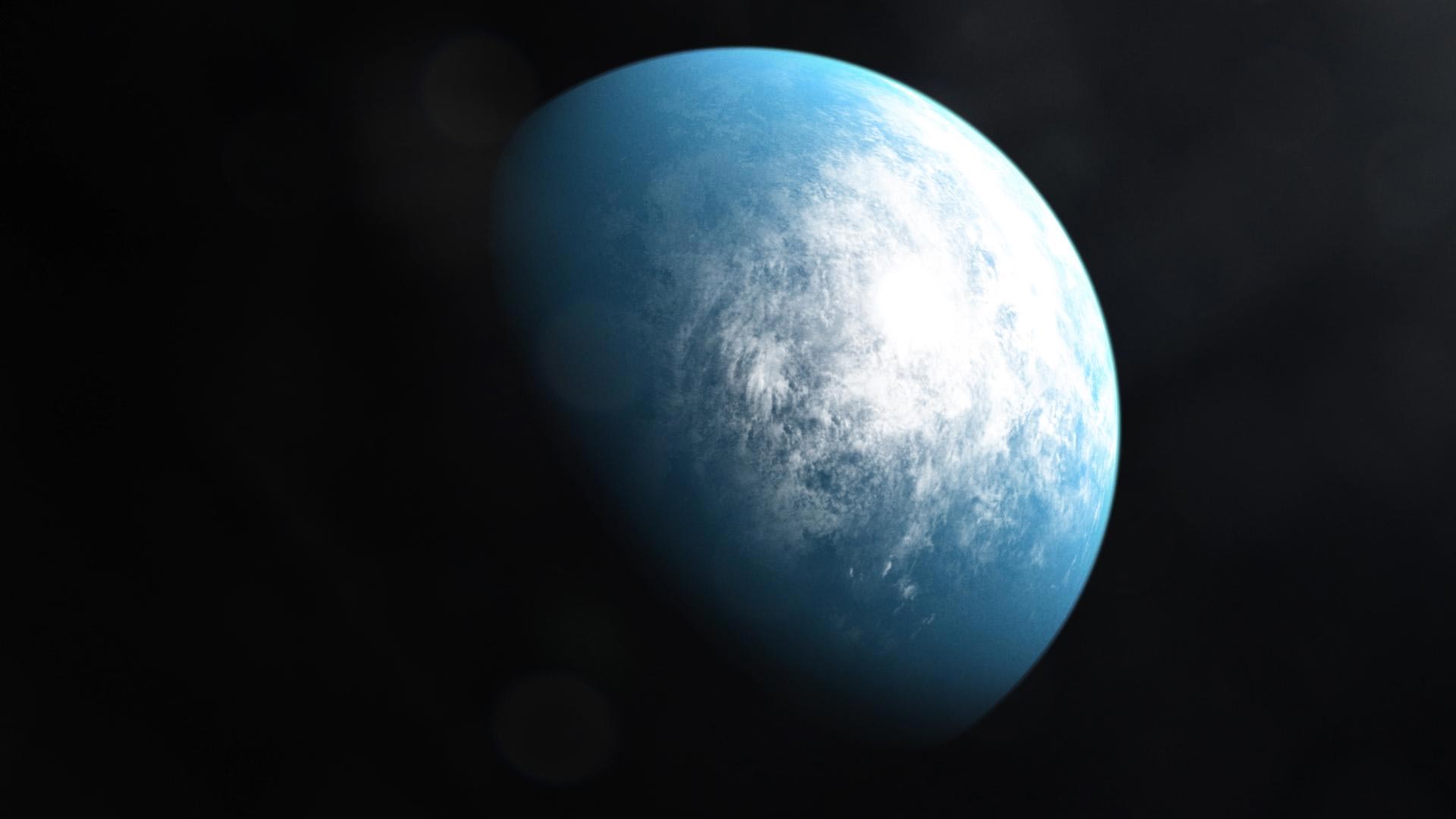
First, it is a bit larger than Earth. It’s only 1.29 times larger, which is not saying too much. It is also 6.5 billion years old, which is only a little more than Earth. Of course, it is also said that this could be off by a few billion as further testing is needed. It also seems to have a good average temperature of 26.17 degrees Celsius or around 77.3 degrees Fahrenheit. While there are absolutely zero exoplanets out there that tick every single box astronomers look for, many can fit the most important conditions. KOI 5554.01 fits this perfectly, and therefore can eventually become one of the planets that could house human life.
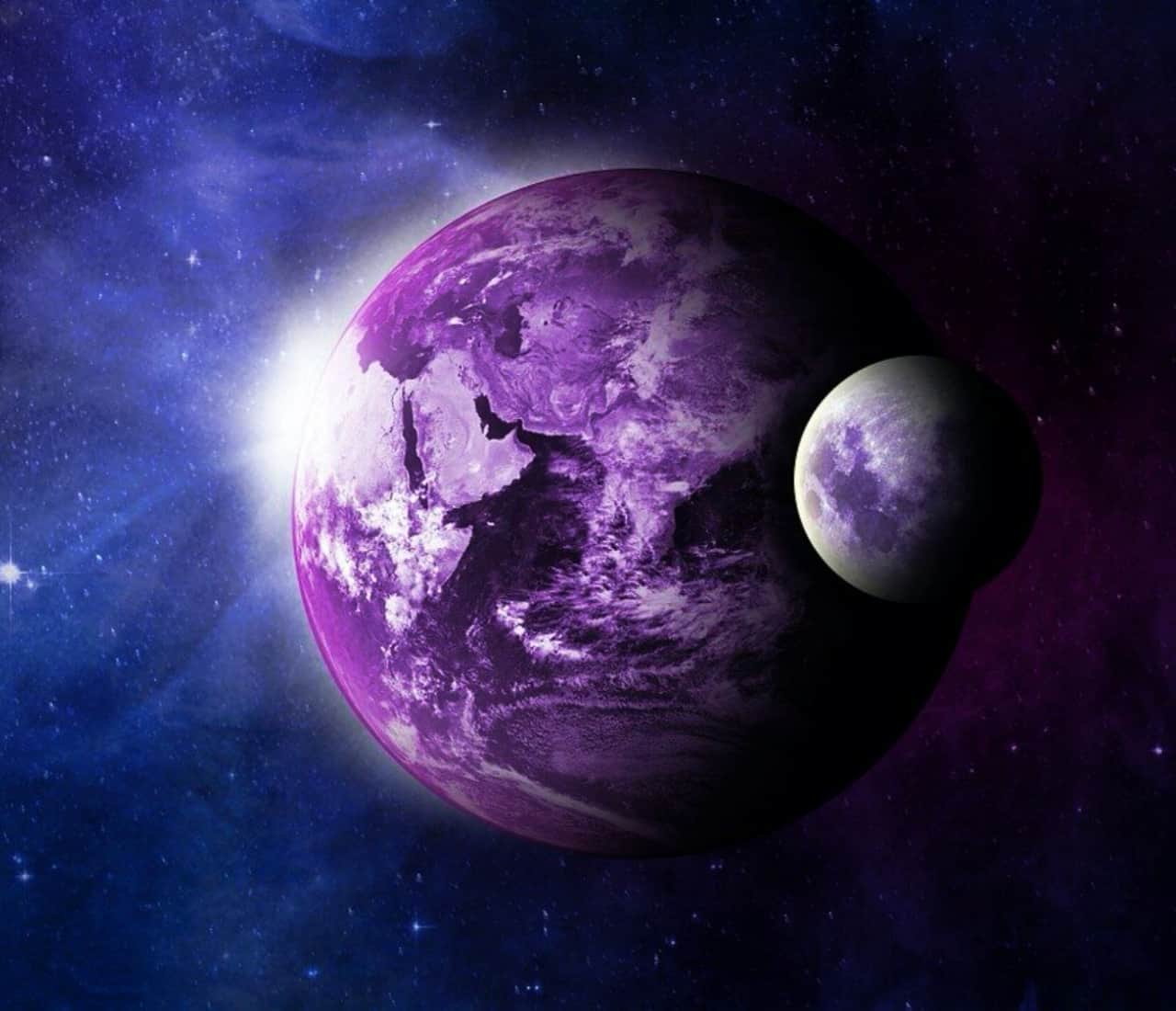
Teegarden c
- Distance: 12 Lightyears
- Star: Teegarden’s Star
- Constellation: Aries
There is a lot of hope surrounding Teegarden c. It happens to be the 4th closest potentially habitable exoplanet currently known. Discovered in June 2019 using the Calar Alto Observatory, we found that it was only 12 lightyears away. While still quite far, the distance is good news. The problem, however, is its host star.

Teegarden’s Star happens to be a red dwarf. This brings down its temperature greatly, meaning the planet is likely completely iced over. This is partially good news as ice means that water is likely to present. Yet ice blocks our view regarding a lot of major things, such as studying its atmosphere overall. However, it does appear rocky with an iron core. We know it likely holds an average surface temperature of -47 degrees Celsius or -52.7 degrees Fahrenheit. If the atmosphere is thicker, however, average temperatures could be around -18 degrees Celsius or around 0 degrees Fahrenheit. Unlike other red dwarf stars, Teegarden’s Star does not seem to emit strong solar flares. Making it likely habitable.
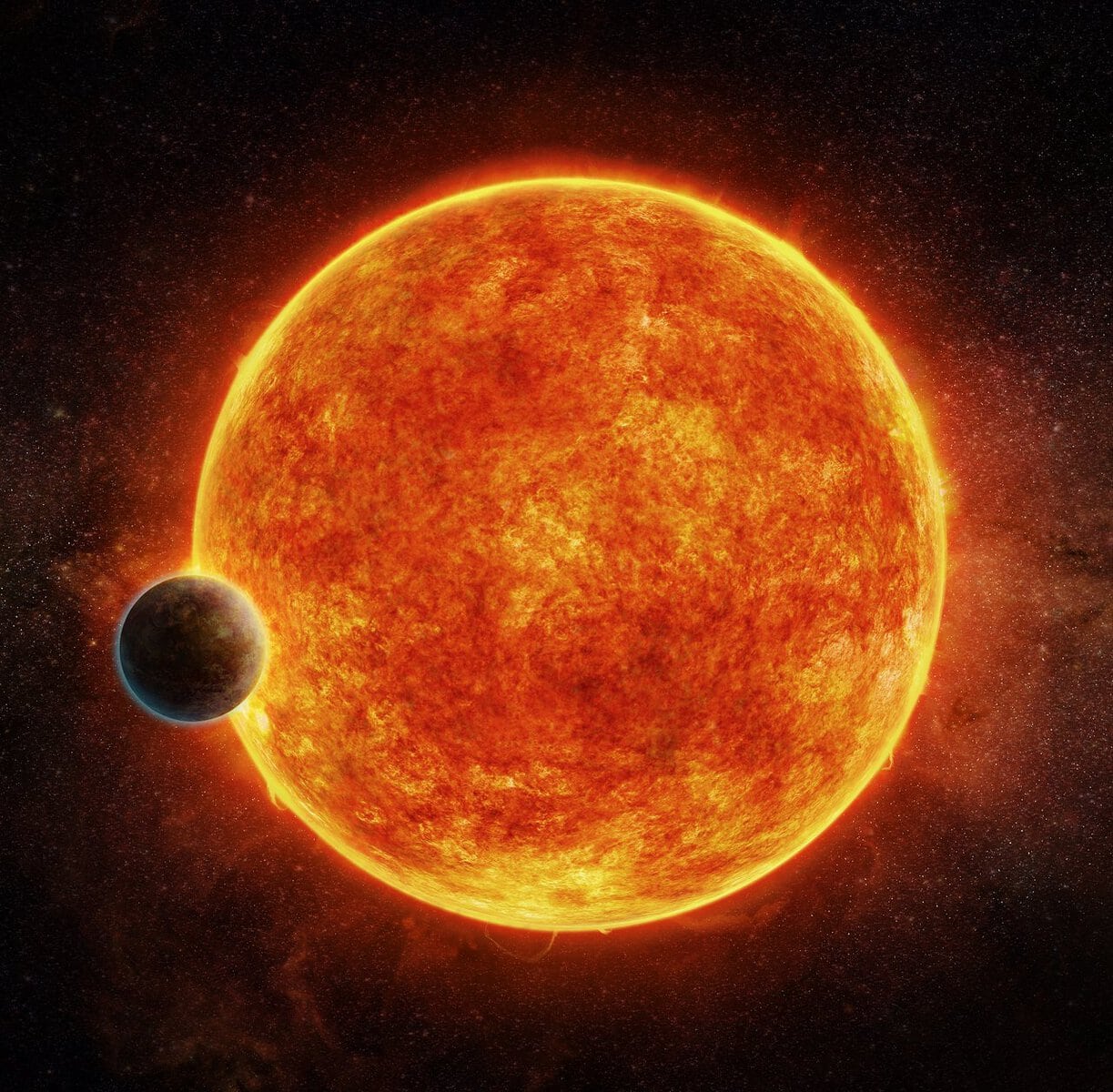
LHS 1140 b
- Distance: 40 Lightyears
- Star: LHS 1140
- Constellation: Cetus
A lot of people love the LHS 1140 b planet for understandable reasons. There is a ton of promise here, but with that promise, we also have some issues. Discovered on April 20, 2017, during the MEarth Project, LHS 1140 b clearly showed signs that it could be among the planets that could house human life one day.
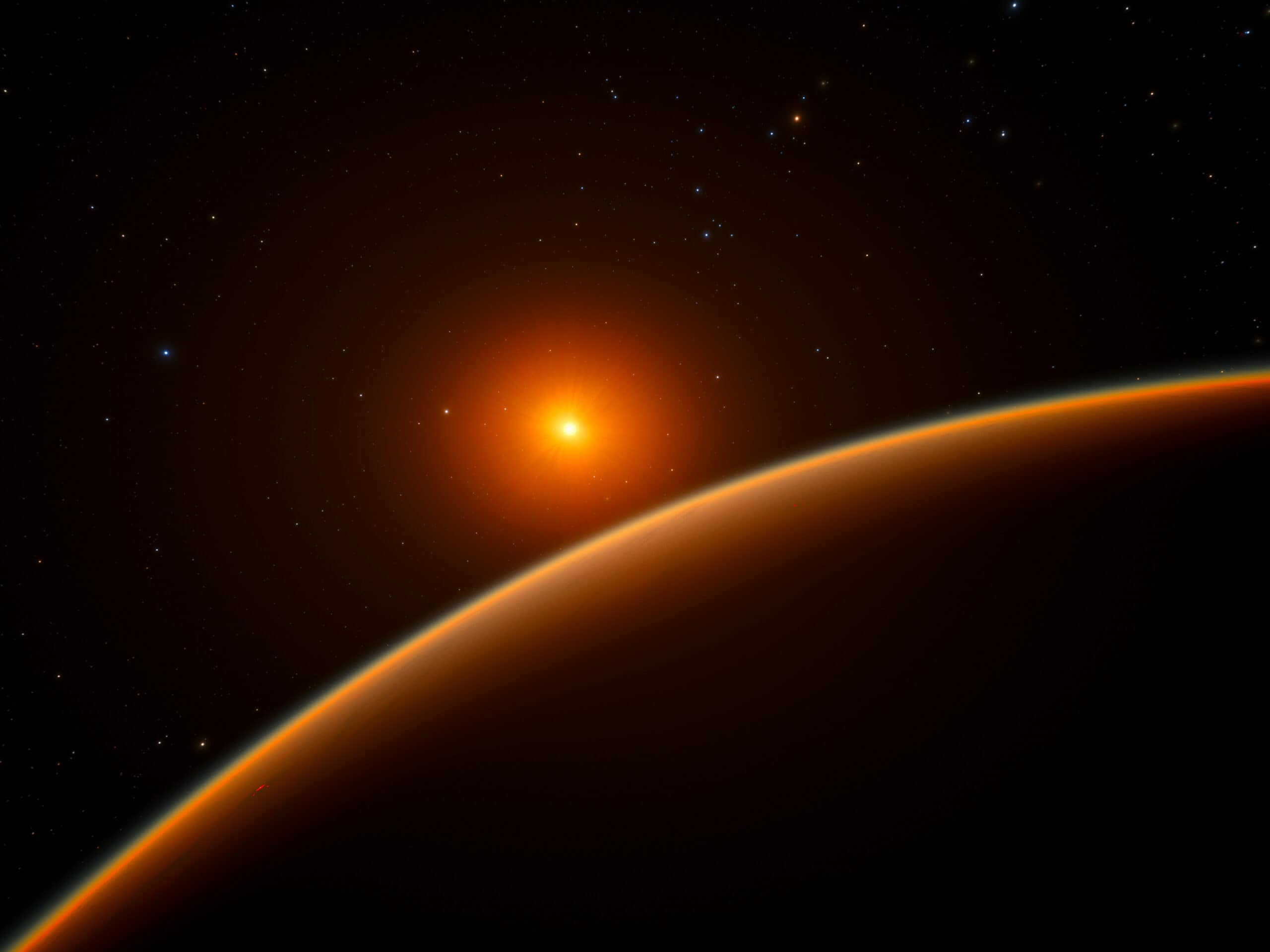
Of course, being only 40 lightyears away, it is clearly in a prime location. It rotates around a dwarf star, which could be why it was estimated to have an average -46 degrees Fahrenheit temperature. LHS 1140 b’s iron-nickel core even takes up 75% of its landmass. Yet estimates also found that it contains 4% water. This made some astronomers assume that it could be a water world. LHS 1140 b is massive compared to Earth, which makes many feel that it has a greenhouse effect already in play. Thus, the temp of the planet is likely warmer than earlier estimates found. On top of that, the host star is inactive regarding atmospheric erosion, which also could allow the planet to warm up.
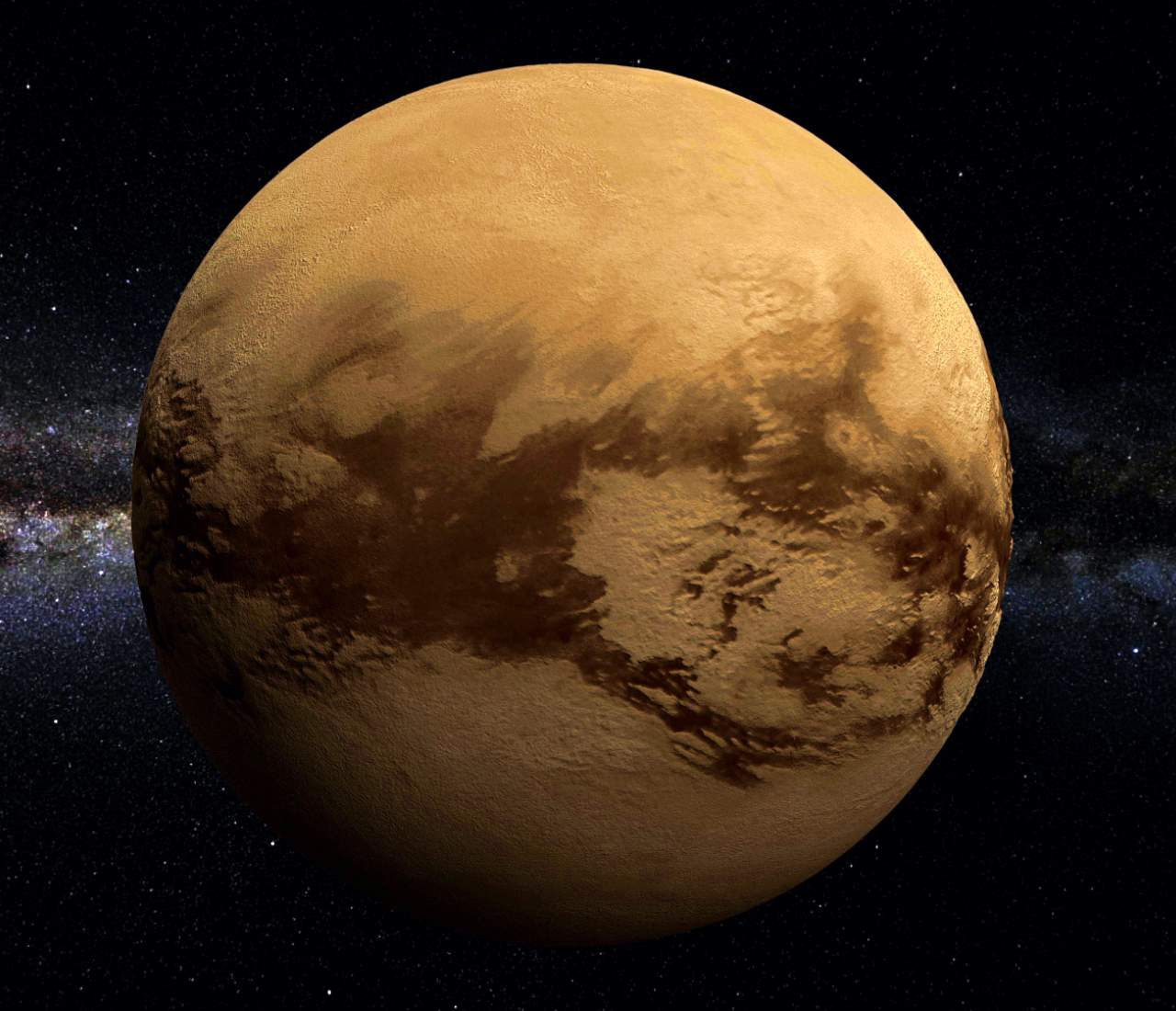
Saturn’s Titan Moon
- Distance: Around 1 Billion Miles
- Star: Sol
- Constellation: Cassiopeia
It might seem odd to some that we’d look to a local moon to continue the human species. Yet you’d be surprised to learn how good the Saturn moon of Titan truly is. Not only would be it one of the closest worlds to choose, but it also has a lot of the things humans need to survive. It is the only moon we know of that has a dense atmosphere.
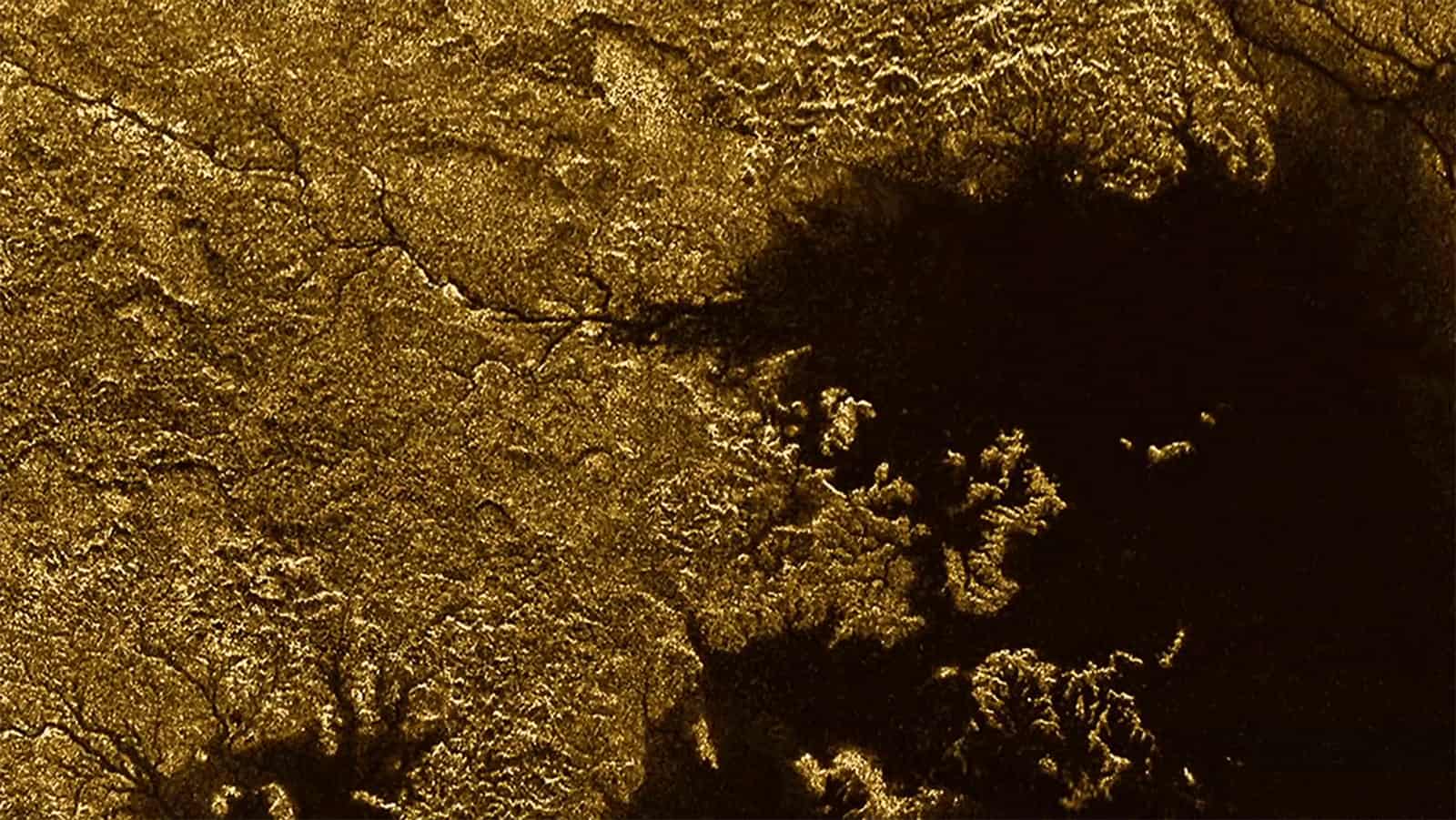
Also, other than Earth, we have clear undebatable evidence that Titan contains stable bodies of surface liquid water. Not to mention, it is rocky and not too far off in size compared to Earth. Of course, there is a lot of good but also some bad too. Temperatures here are incredibly cold. It averages -290 degrees Fahrenheit. Plus, its atmosphere is mostly nitrogen with formations of methane and ethane clouds. Surface features are remarkably like that of Earth. Yet we could likely not drink the water without robust cleaning and certainly could not breathe the air. Yet this is technically among the planets that could house human life if we’re forced to depart Earth.
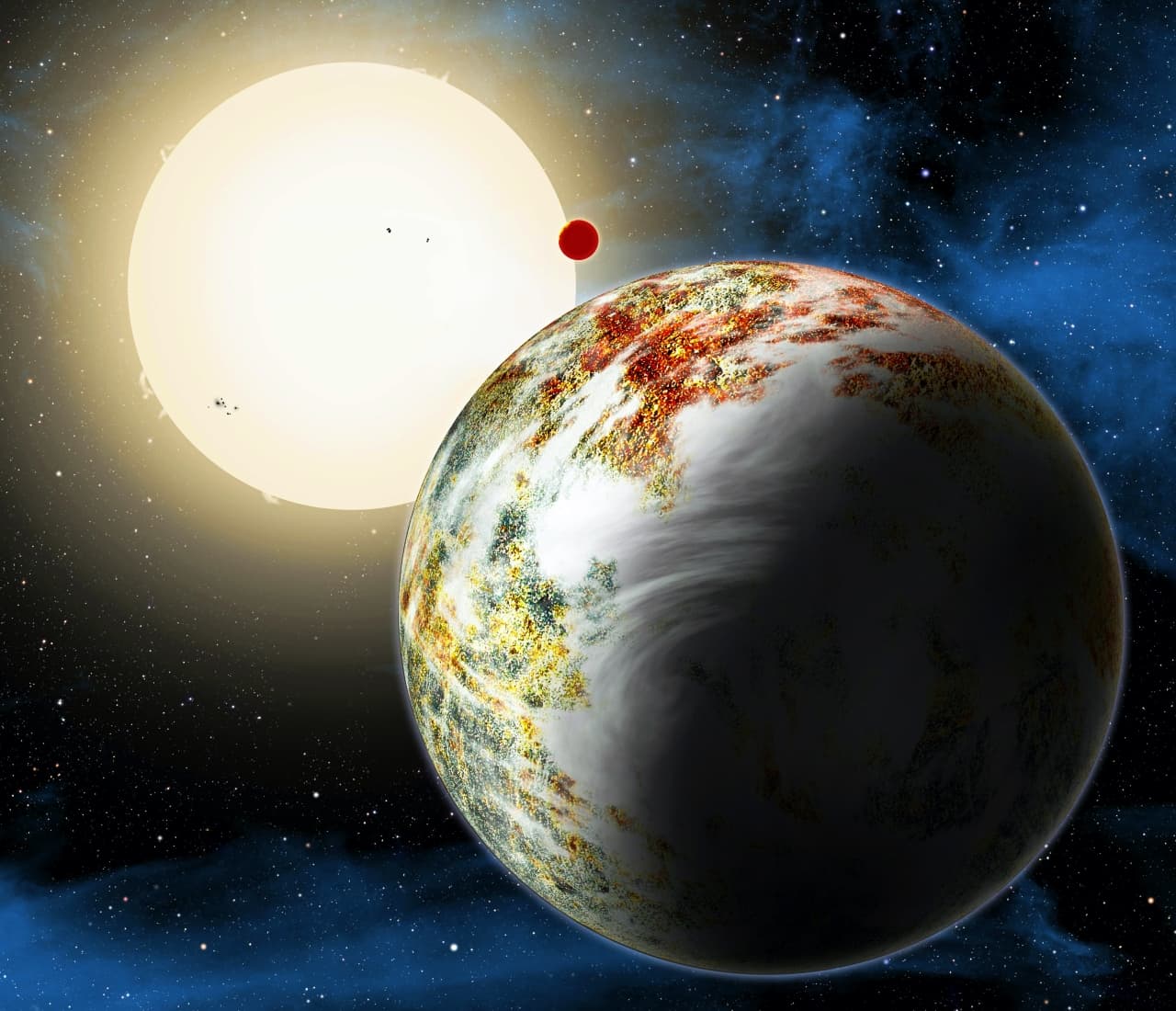
Kapteyn b
- Distance: 12.8 Lightyears
- Star: Kapteyn
- Constellation: Pictor
Kapteyn b is one of the closest potentially habitable planets at just 12.8 lightyears away. This has made many scientists push for more study in the world. This is considered a Super-Earth due to being much larger than Earth in radius and mass. Yet it is not as large as Uranus or Neptune. One big drawback is likely the estimated surface temperature, which averages -91 degrees Fahrenheit.
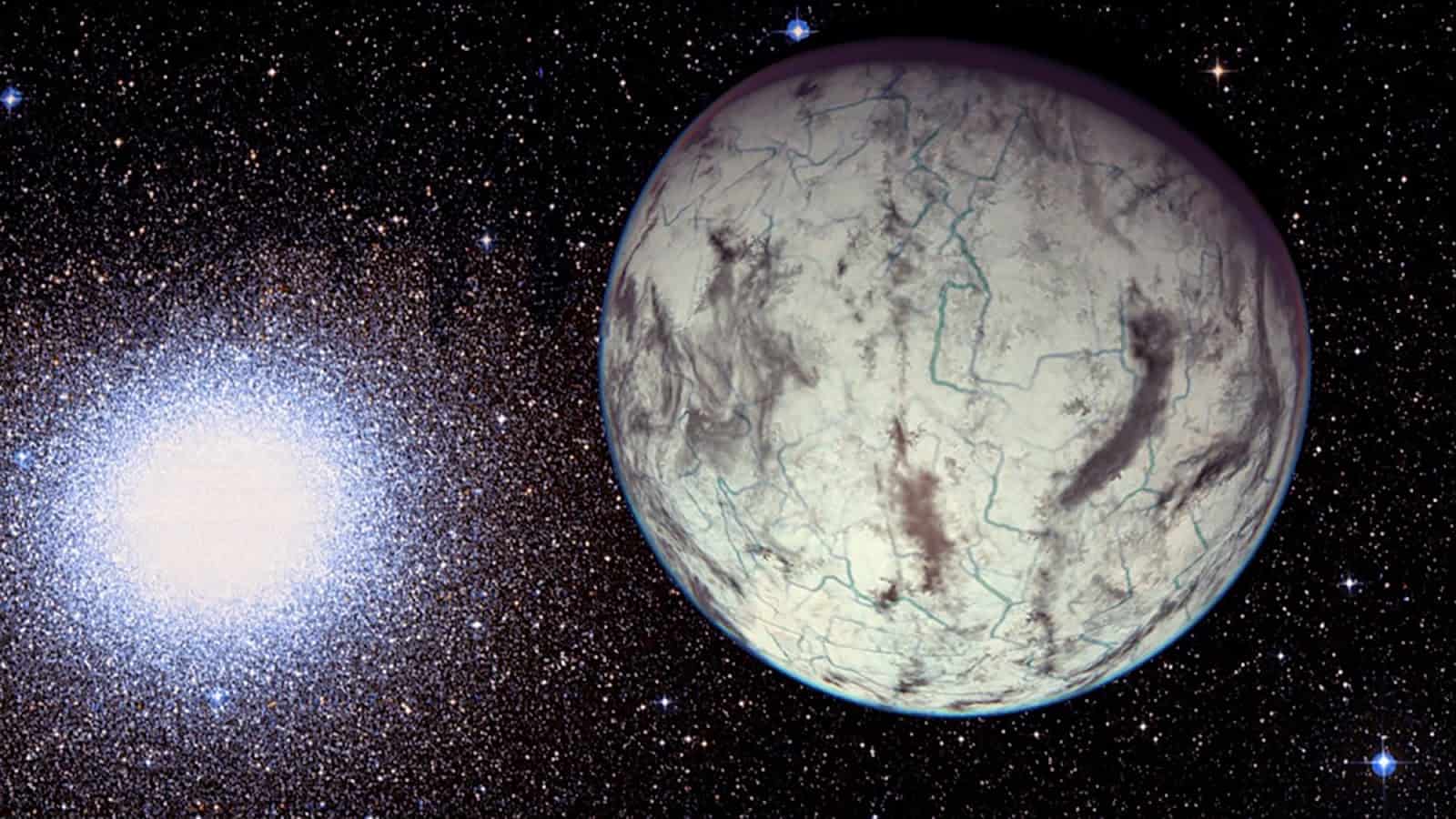
All signs point to it being a rocky planet like Earth, however. Its host star, Kapteyn, is 11 billion years old. Much older than our Sun (4.6 billion years old). The surface temperature is 3550 K here whereas our Sun sits at a solid 5778 K. This Red Subdwarf star has more than 25% more mass than our Sun, giving it the ability to last 100 to 200 billion years. Roughly 10 to 20 times longer than our Sun. Due to the temperature on the surface, however, it would be hard to reach normal liquid water. Yet it is assumed that if proper greenhouse gases were introduced, the temperature might rise. Proper Carbon Dioxide is already present! That could result in Kapteyn b becoming a planet that could house human life. Yet it would take quite a while for greenhouse gases to truly warm it up significantly.
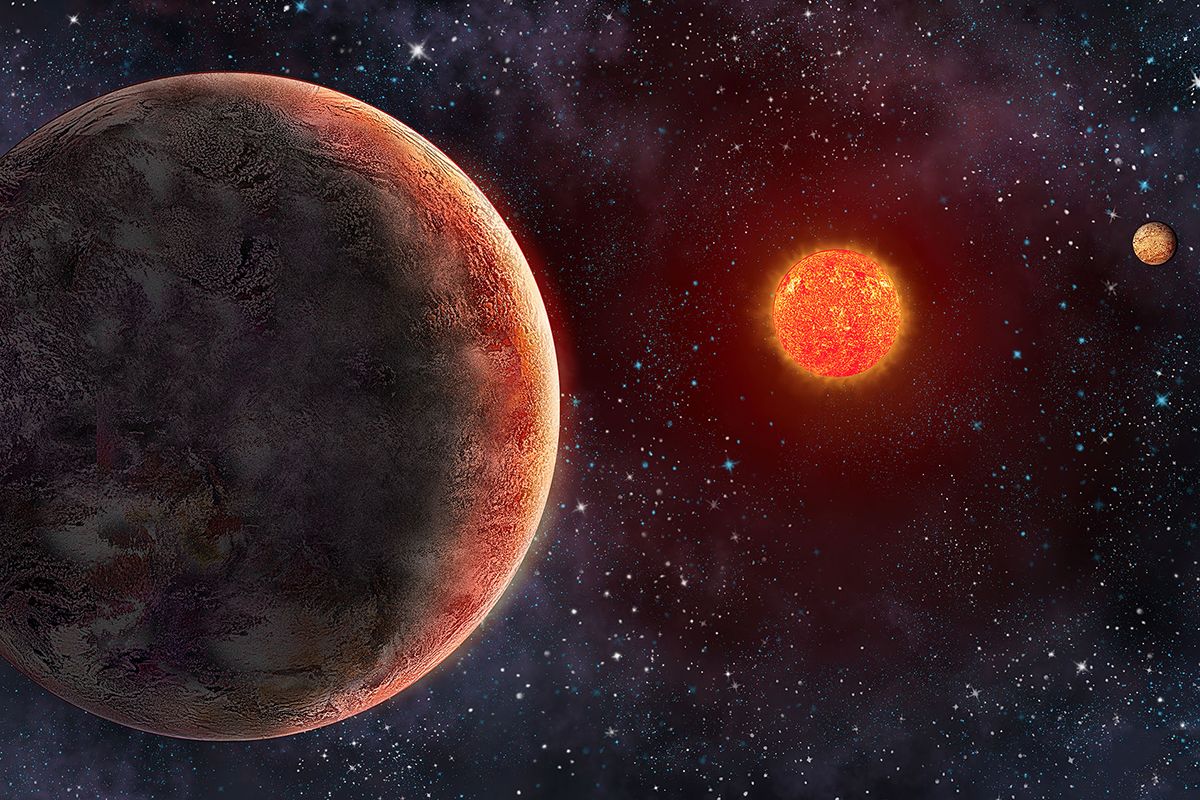
Luyten b
- Distance: 12.2 Lightyears
- Star: Luyten’s Star
- Constellation: Canis Minor
Luyten b was discovered on March 17, 2017, using the radial velocity method, by Nicola Astudillo-Defru. This is a Super-Earth, but only about 2.89 times the mass of Earth. It also only sees around 6% more starlight compared to Earth. Thus, it is not too hot like other planets. Of course, its host star, Luyten’s Star, is a medium-sized red dwarf.
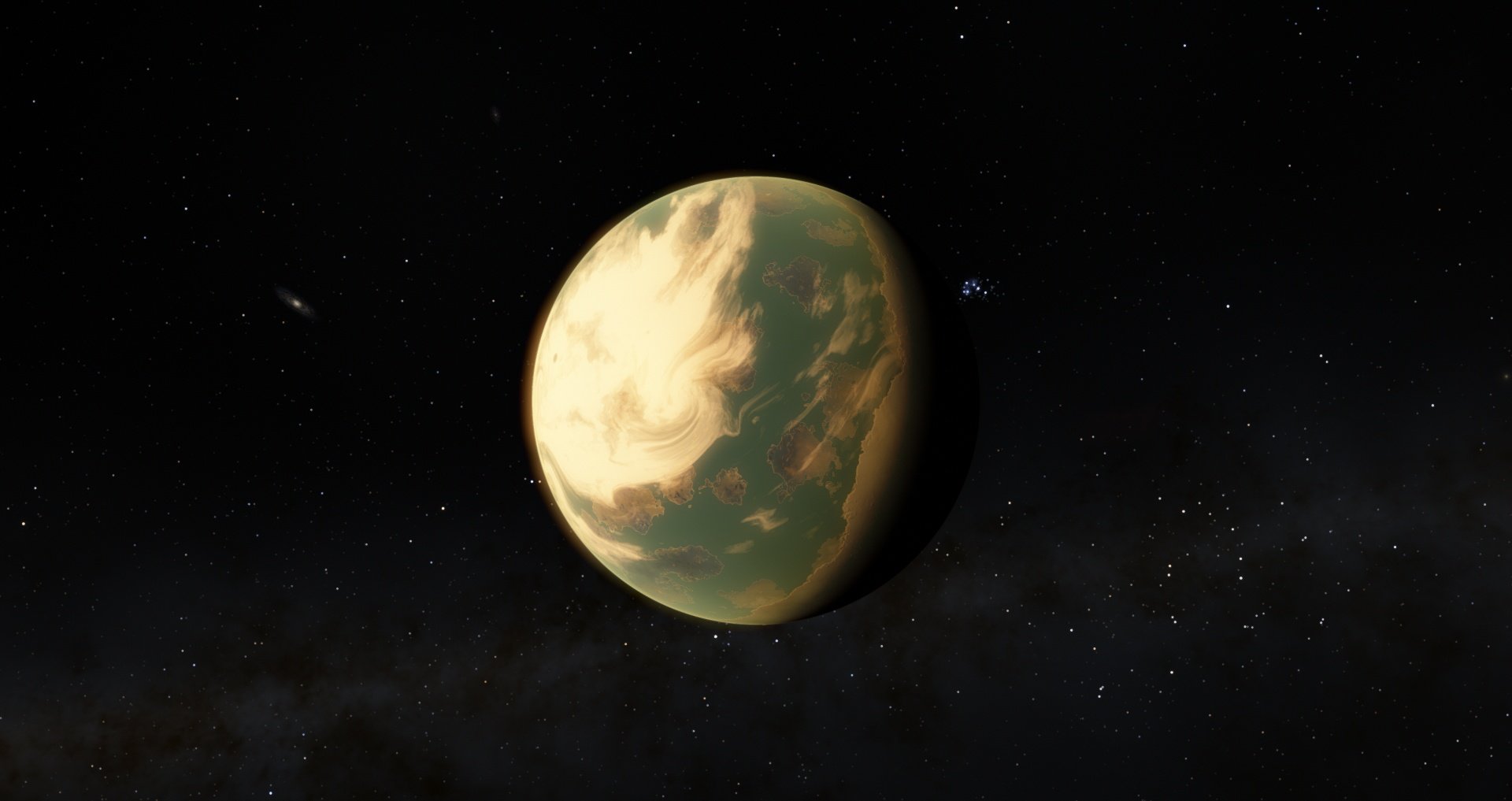
It’s essentially a very inactive star, making it less of a threat compared to other red dwarf stars. The spin rotation is on point with the planet, it likely contains water, and there does not seem to be any runaway greenhouse effect known. It is not shocking why it was listed as one of the most likely planets that could house human life one day. Luyten b is so well-liked that in October of 2017 & 2018, the organization Messaging Extraterrestrial Intelligence or METI sent a message containing several short musical compositions. They even sent a scientific tutorial that essentially gave our coordinates. If intelligent life is present on Luyten b, we’ll surely know one day.
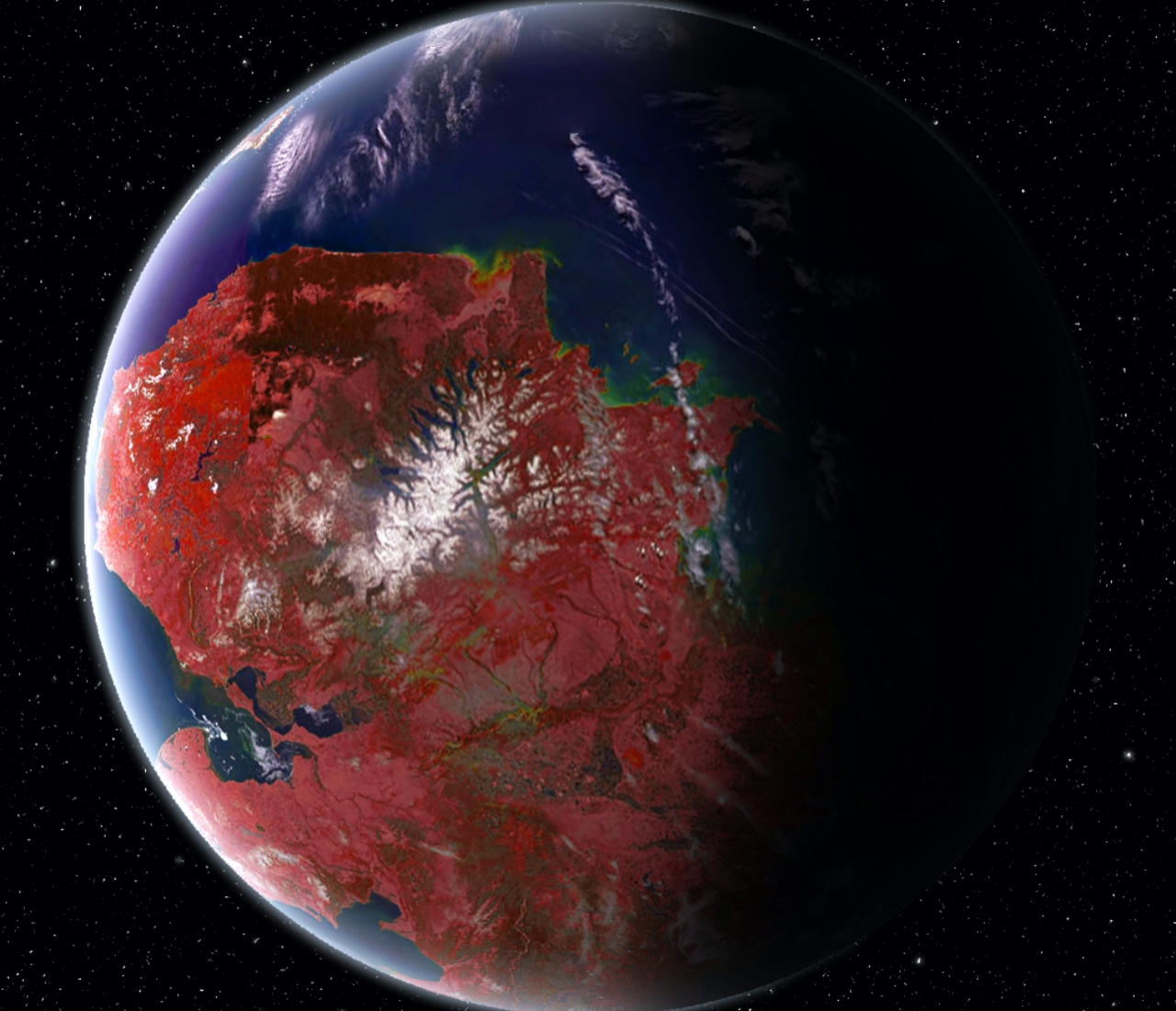
Kepler-442b
- Distance: 1,206 Lightyears
- Star: Kepler-442
- Constellation: Lyra
Another exoplanet discovered by NASA’s Kepler Spacecraft, the Kepler-442b planet is pretty impressive. Discovered on January 6, 2015, it quickly made some eyes pop. The world has a lot of promise, which in spite of the distance, made some feel it should be among the planets that could house human life one day.
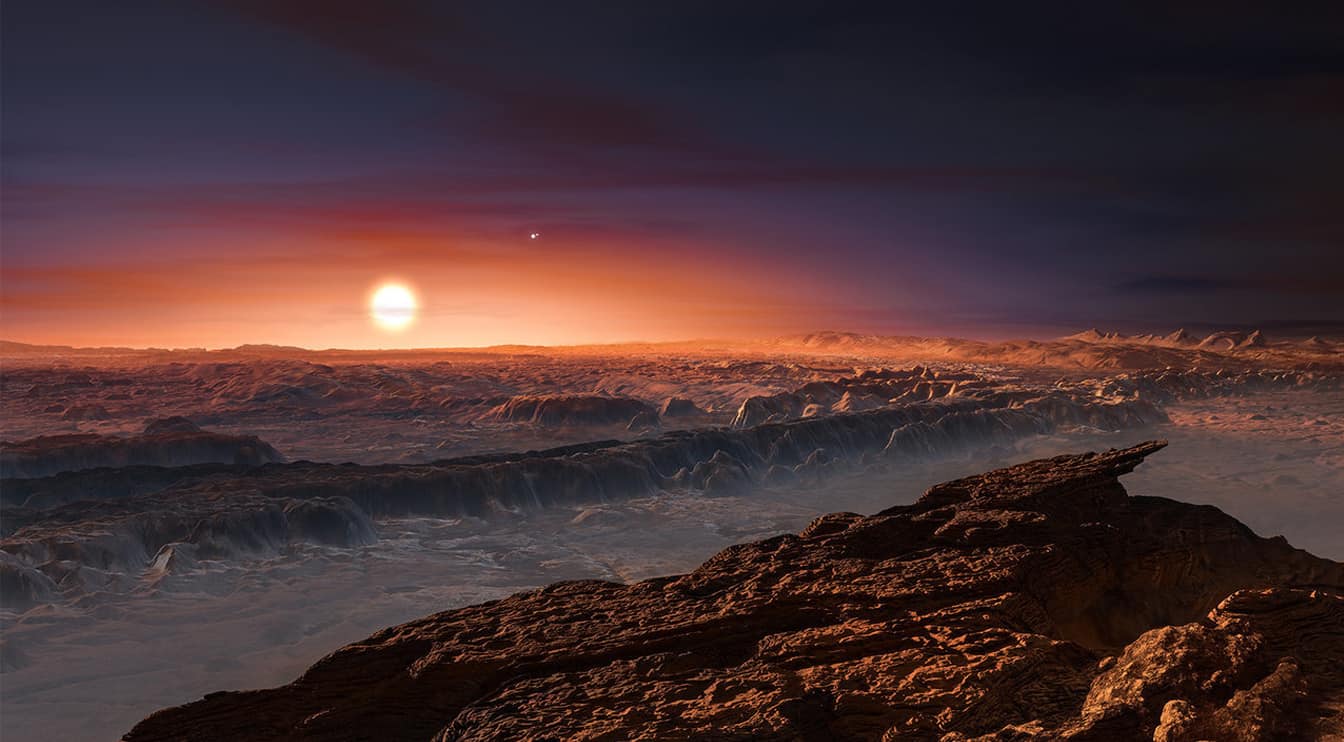
There are some drawbacks, however. The biggest issue is that the gravity is 30% stronger on Kepler-442b compared to Earth’s gravity. The star it orbits, Kepler-442, is younger than our Sun at around 2.9 billion years old. The temperature sits at a solid 4402 K. Although it gives off around 11% less luminosity compared to the Sun, this is not a dealbreaker. It also takes slightly over 112 days to rotate around its star. This puts it rather close to its star, slightly more than Mercury is to our Sun. Yet due to the temperature Kepler-442 gives off, the environment is not adversely affected. It also only gets around 70% of the sunlight Earth gets from our Sun. None of which are problematic. Of course, further study is needed.

Mars
- Distance: On Average, 140 million miles
- Star: Sol
- Constellation: Aries
Officially the closest planet to us on our list is Mars. Our next-door planetary neighbor has been referenced as a planet that could house human life for years. We’ve studied this planet for many years now. In fact, scientists know more about the surface of Mars than what’s in our own Earthly oceans.

We know it’s rocky like Earth, yet there are some pretty big issues. The first is that it lacks normal gravity compared to Earth. We also know Mars has an incredibly thin atmosphere. This is due to the fact that, unlike Earth, the magnetic field surrounding Mars was much weaker. As a result, millions of years of being hit by solar flares just tore through the planet. It is possible, however, that humans could live here. Of course, it would have to be in a pod or station with regular oxygen flowing in. We cannot breathe on this planet. In spite of this, we know there is proof of water being here in the past. It could still even be present underground. Of course, until we know for sure, Mars is only a small part of future home lists for humans.
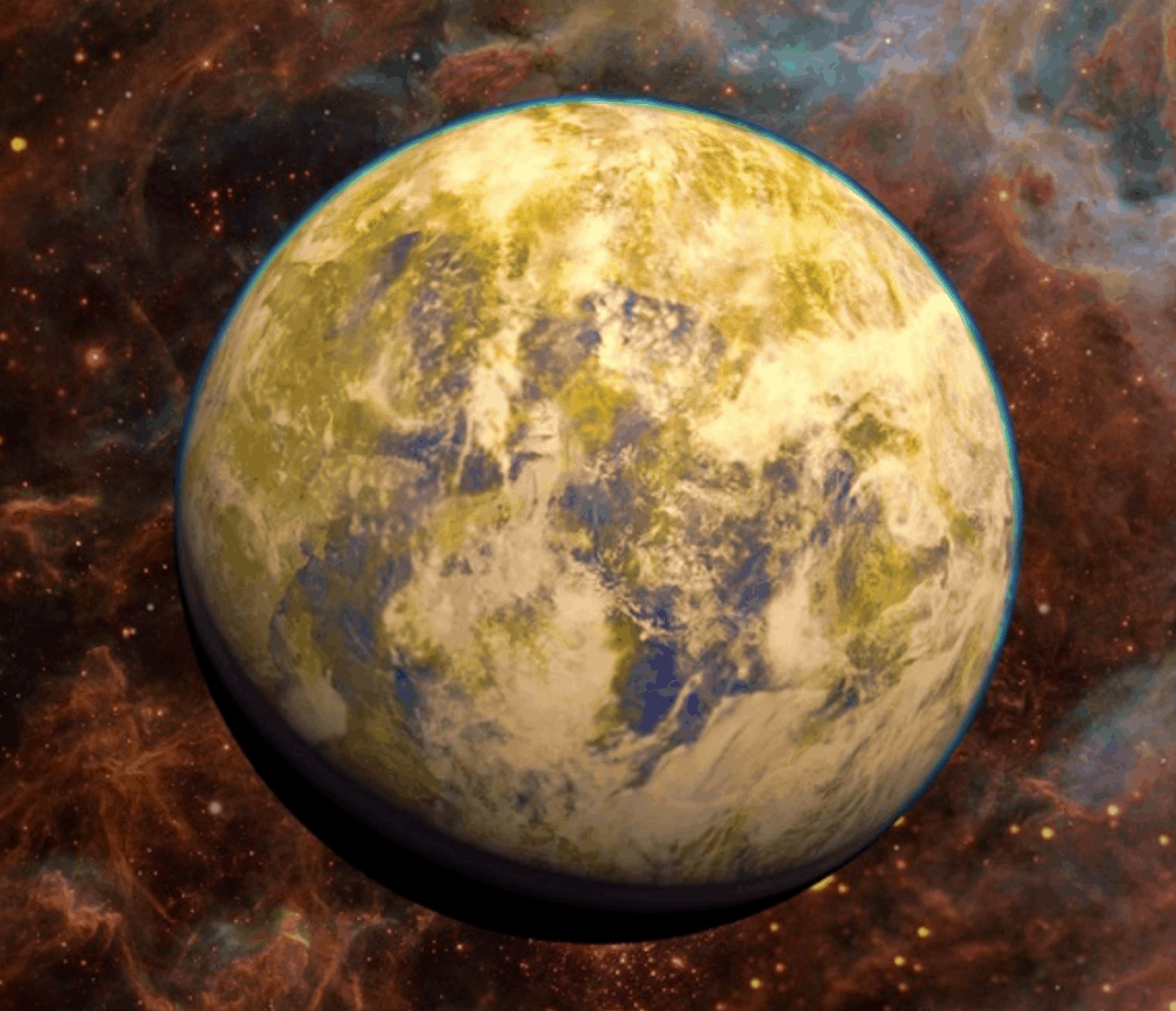
Gliese 832 c
- Distance: 16 Lightyears
- Star: Gliese 832
- Constellation: Grus
Gliese 832 c is yet another exoplanet under 20 lightyears from our Solar System. It was discovered by a team of astronomers led by Robert A. Wittenmyer. It is said that this planet happens to be one of the best habitable planet candidates known to science today. It is even the 5th closest known exoplanet to us! The hype is real with Gliese 832 c so far.
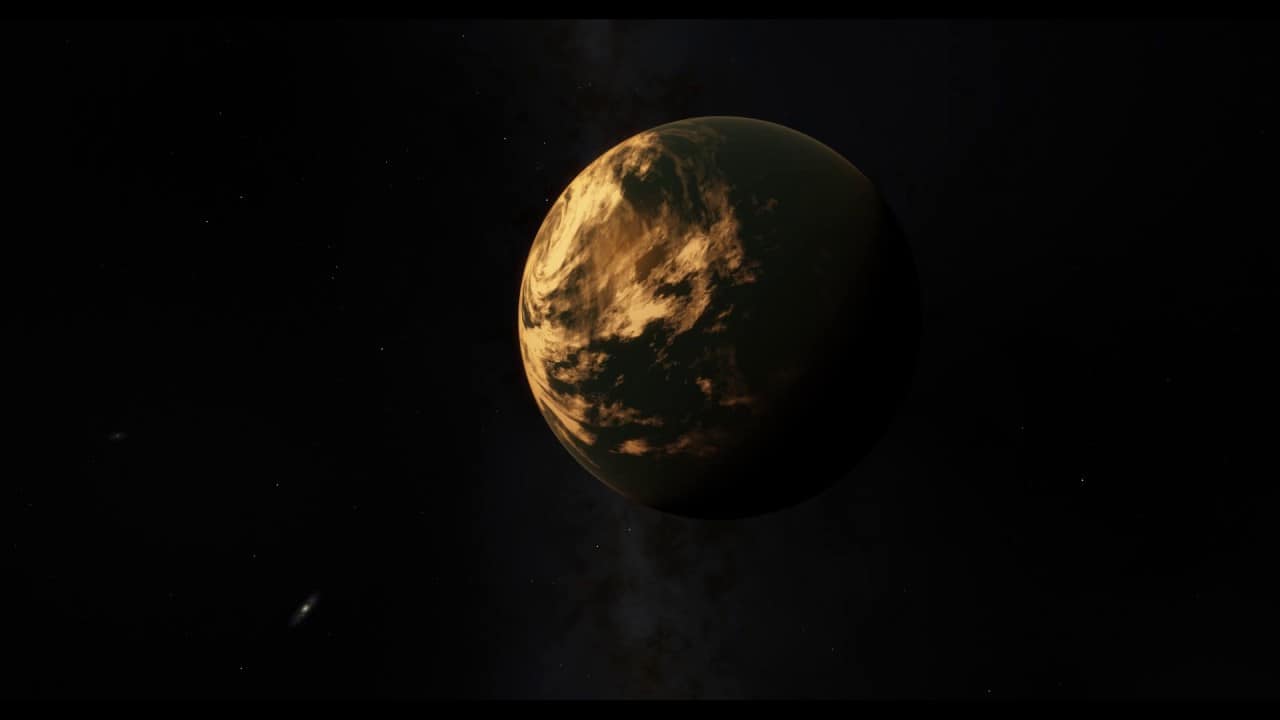
While it orbits closer to its star than Earth does to the Sun, the Gliese 832 star is actually a red dwarf. As a result, the closeness allows it to have similar Earth-like temperatures. One drawback is that the planet is likely tidal-locked. Thus, only one side faces the sun. The middle sector, known as “the Terminator line,” would be a perfect spot for life. It is said that in this spot, temps reach Earth-like temps of 0 to 32 degrees Fahrenheit. The atmosphere is thick enough to hold a proper atmosphere and transfer some of the host star’s heat even to the dark side of the planet. It’s no shock why so many feel it’s a top contender for planets that could house human life.
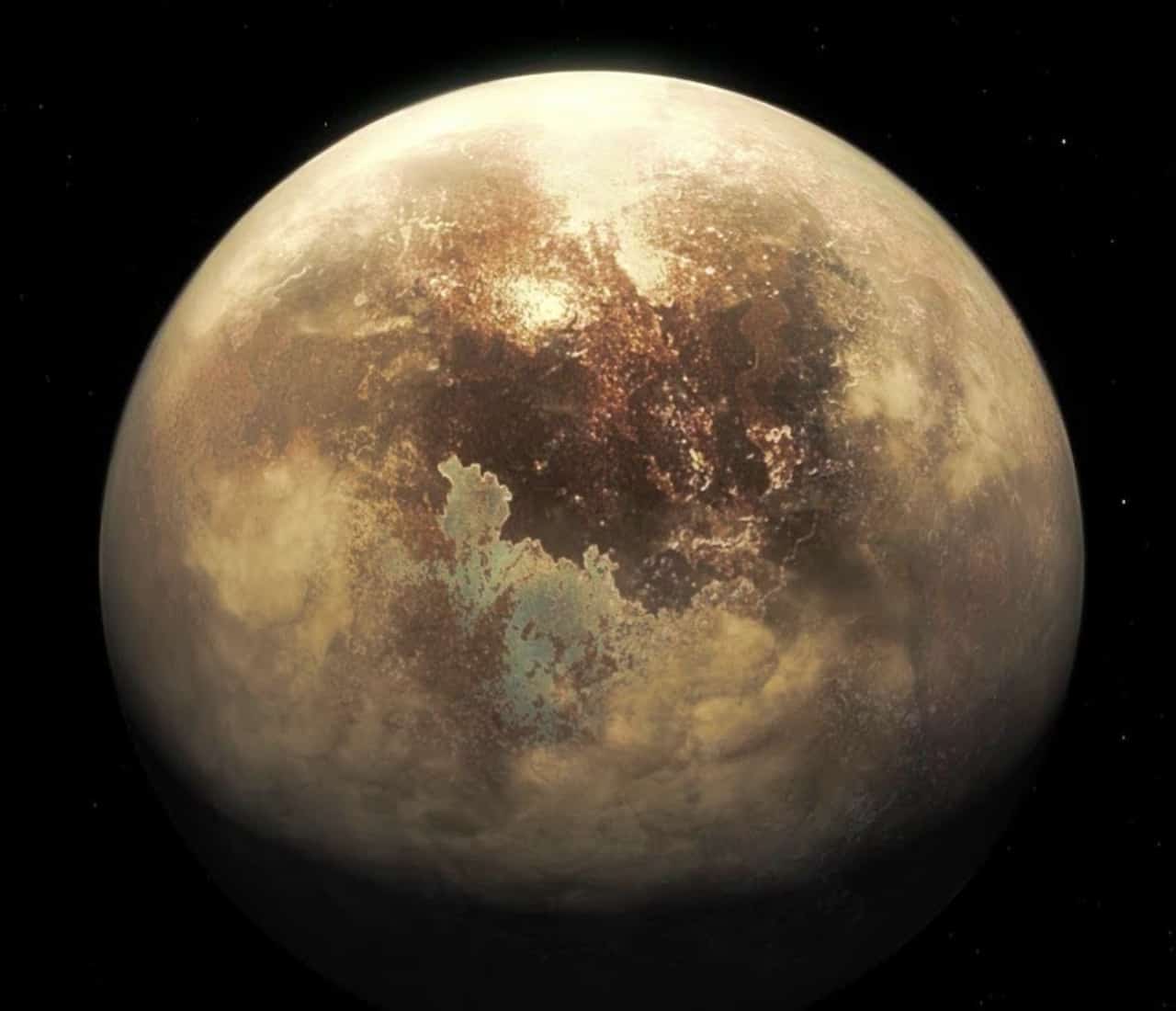
Ross 128b
- Distance: 11 Lightyears
- Star: Ross 128
- Constellation: Virgo
Many astronomers really like Ross 128b. Not only is it one of the closest to Earth at just 11 lightyears, but the planet also seems to be impressively habitable. Xavier Bonfils and his team discovered the planet on November 15, 2017. They used the radial velocity detection method. Ross 128b orbits a red dwarf star called Ross 128.

It’s around 35% more massive than Earth and even sees around 38% more sunlight. In spite of this, the numbers sort of even out. Thereby allowing potential temperatures to be reasonable and likely suitable for long-term liquid water to exist on the surface. This all depends on the atmosphere, which requires further study. With the good comes some bad. Astronomers aren’t sure if it orbits in the habitable zone. Ross 128b resides on the inner edge, yet since it gets so much sunlight, it is certainly assumed to be in a habitable region. It also orbits quite fast around its host star. Ross 128b completes the trip in just under 10 Earth days. Meaning years are 10 Earth days long!
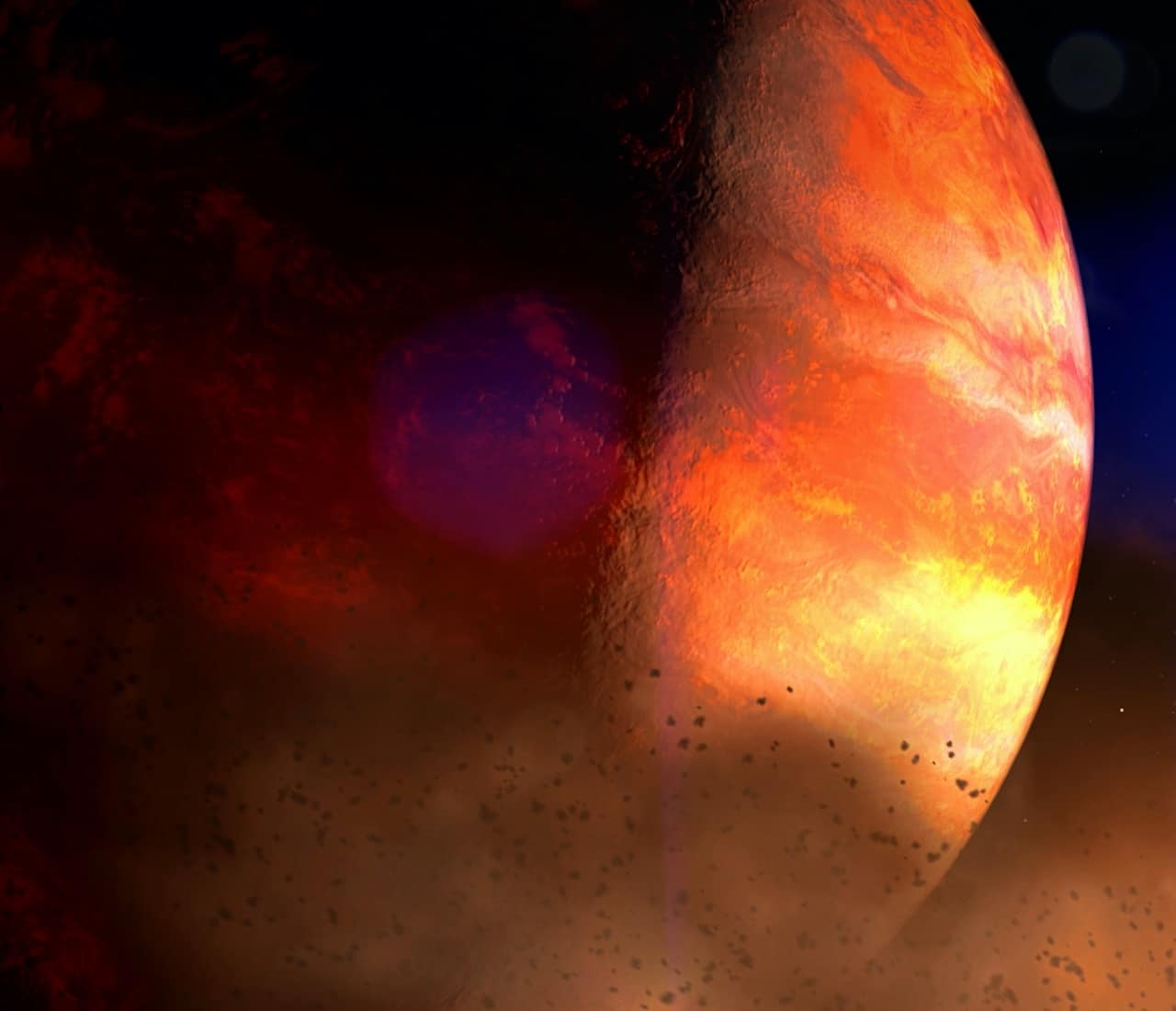
Proxima Centauri b
- Distance: 4.2 Lightyears
- Star: Proxima Centauri
- Constellation: Centaurus
It’s possible that the most notable star outside of our own Sun is Proxima Centauri. A lot of press went into this star as well as the potentially habitable planets around it. That is due to how close the system is to our own. Proxima Centauri b is the most habitable planet in the system.
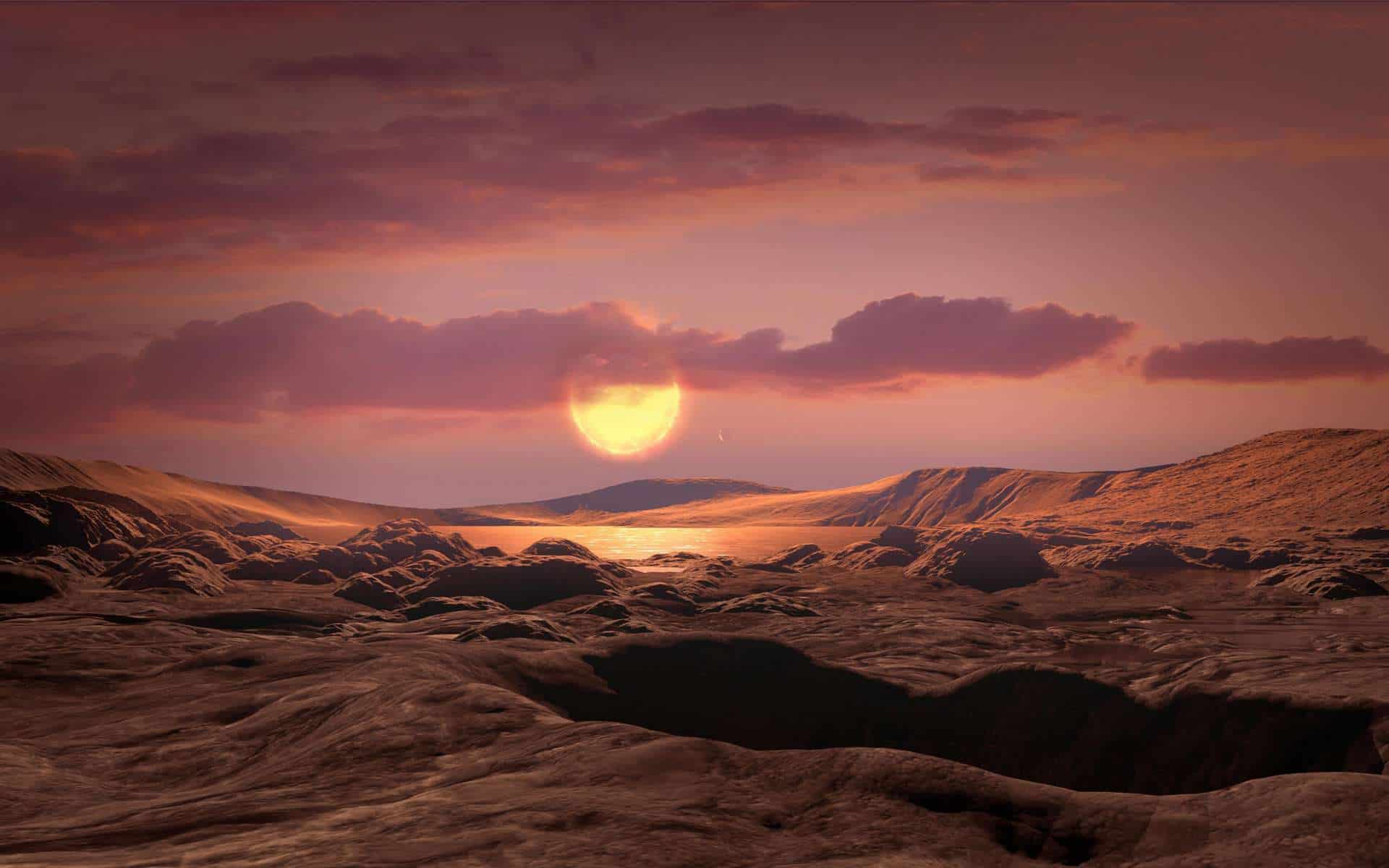
Due to how close the planet is to Earth, we could send robotic exploration devices to the system in hopes of learning more. It could result in a lot more information. Likely, robotic studies will determine if the atmosphere is not only proper for consistent life but breathable for humans. It does appear to have a thick atmosphere with estimated temperatures that could work. It is not shocking why people list Proxima Centauri b as one of the planets that could house human life one day. Outside our own solar system, this planet is the most likely place we’ll end up. Yet it does orbit a red dwarf star that has a surface temperature of a little over 3,000 K. The real issue for the planet’s habitability is the problematic weather conditions. Winds exceed 2,000 times what we see on Earth alone. Therefore, physical conditions are something to be very aware of.

